COMPUTATION_IN_DESIGN
This is my comprehensive representation of my journey through the realm of design and code. Within, you will find a curated selection of my works, encompassing creative coding, interactive installations, web development, and visual displays. Each project has been carefully chosen to highlight the distinctive challenges encountered and the significant role they played in my development as a designer. I have acquired a substantial body of knowledge and experience, enabling me to push the boundaries of my creative potential and venture into uncharted territories. By documenting my creative process and showcasing the projects that have shaped my trajectory, I aim to provide valuable insights and inspire fellow designers and curious individuals alike.
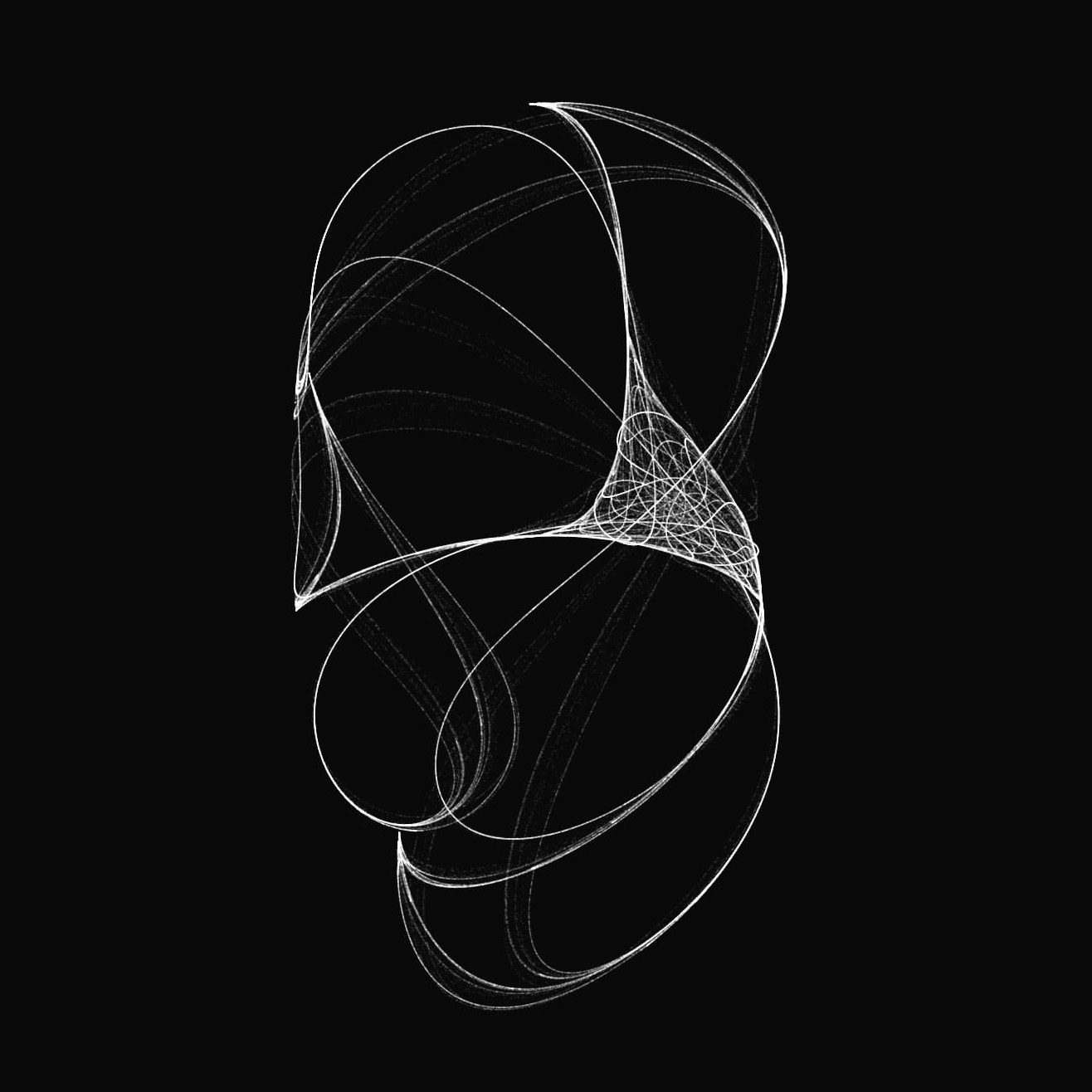
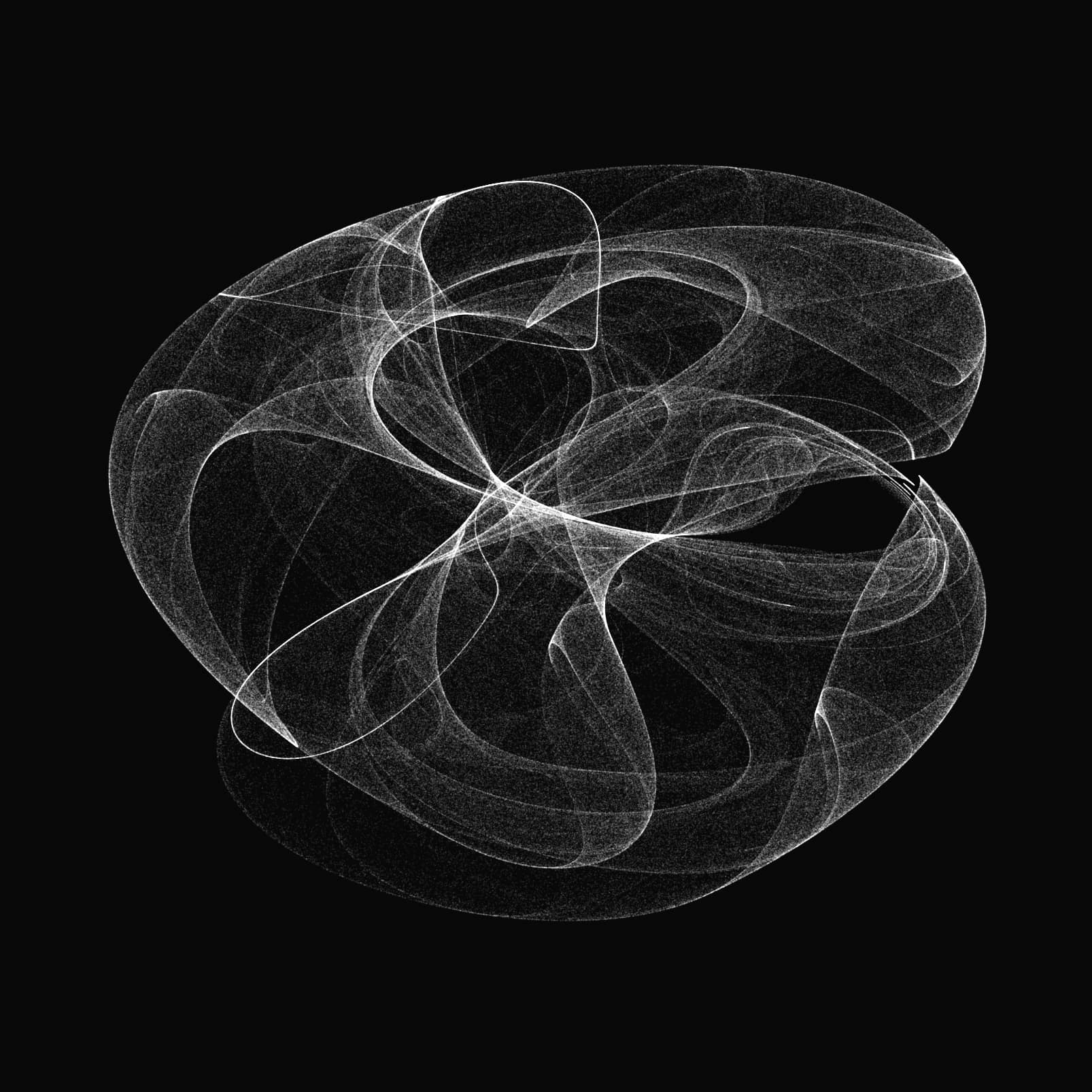
WORKSHOP-CODING / AXI-SYMBIOSIS
Generative design explores the innovative utilization of code within the design process. We were presented with a distinct design brief: "Encounters With Nature". Using Axidraw and its software, this brief aimed to challenge my creative thinking and problem-solving skills while encouraging me to harness the potential of coding as a tool for design. For this project, the central thesis revolves around the fundamental elements of nature and their intricate interconnectedness. The Fibonacci spiral, with its pervasive presence throughout the natural world, has long been a source of profound fascination.
This intrigue has led to the proposition that mathematics is intrinsically linked to the very essence of life. The concept delves into the manner in which the Fibonacci sequence maintains its distinctive pattern across all facets of life, thereby illuminating the profound harmony that exists between mathematical principles and the natural world. This exploration aims to shed light on the inherent beauty and complexity of the universe, while simultaneously highlighting the potential for mathematics to serve as a unifying language in our understanding of the world around all of us.
Materials used: Axidraw (Evil Mad Scientist), p5.js, Illustrator, A3 papers, fine tip coloured markers, masking tape
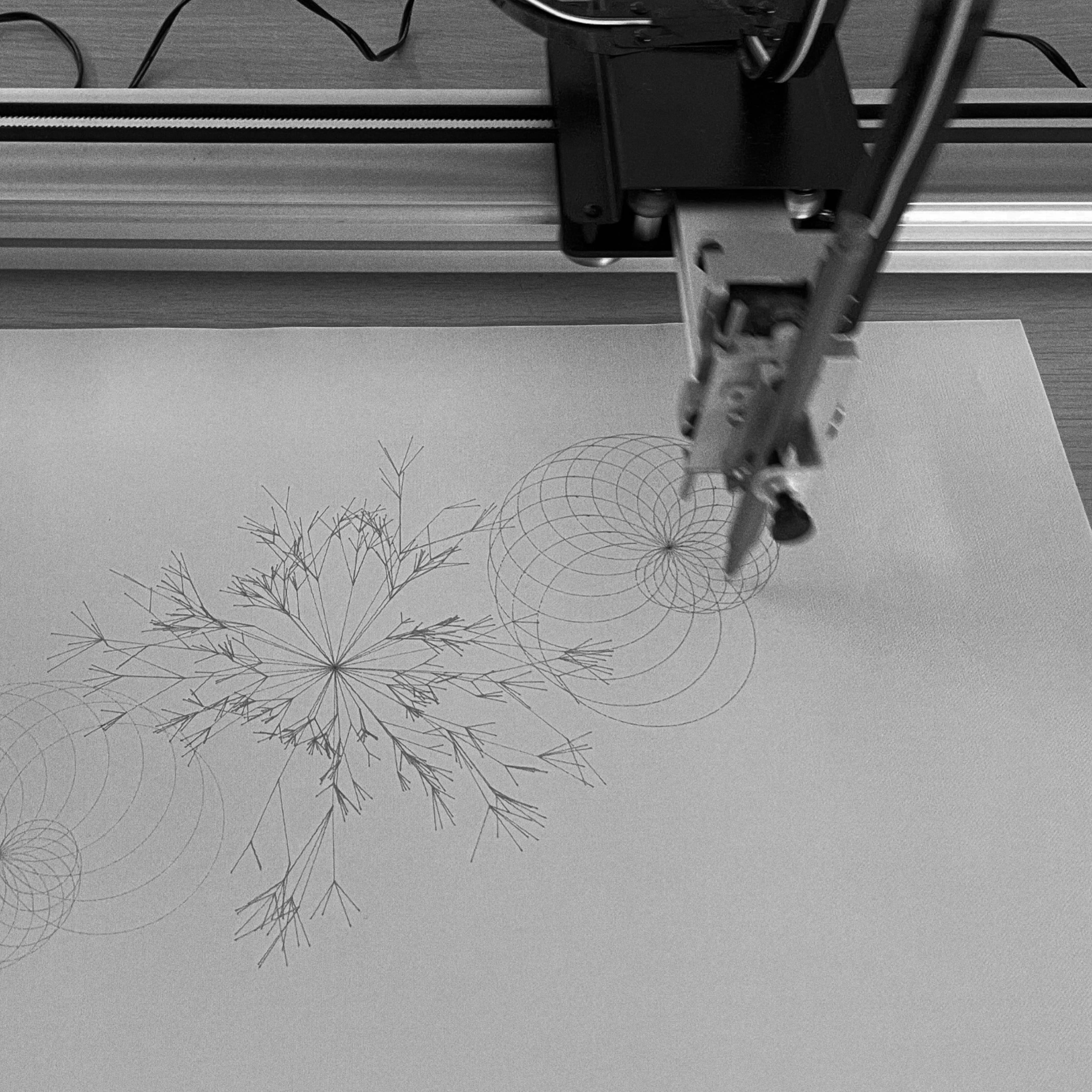
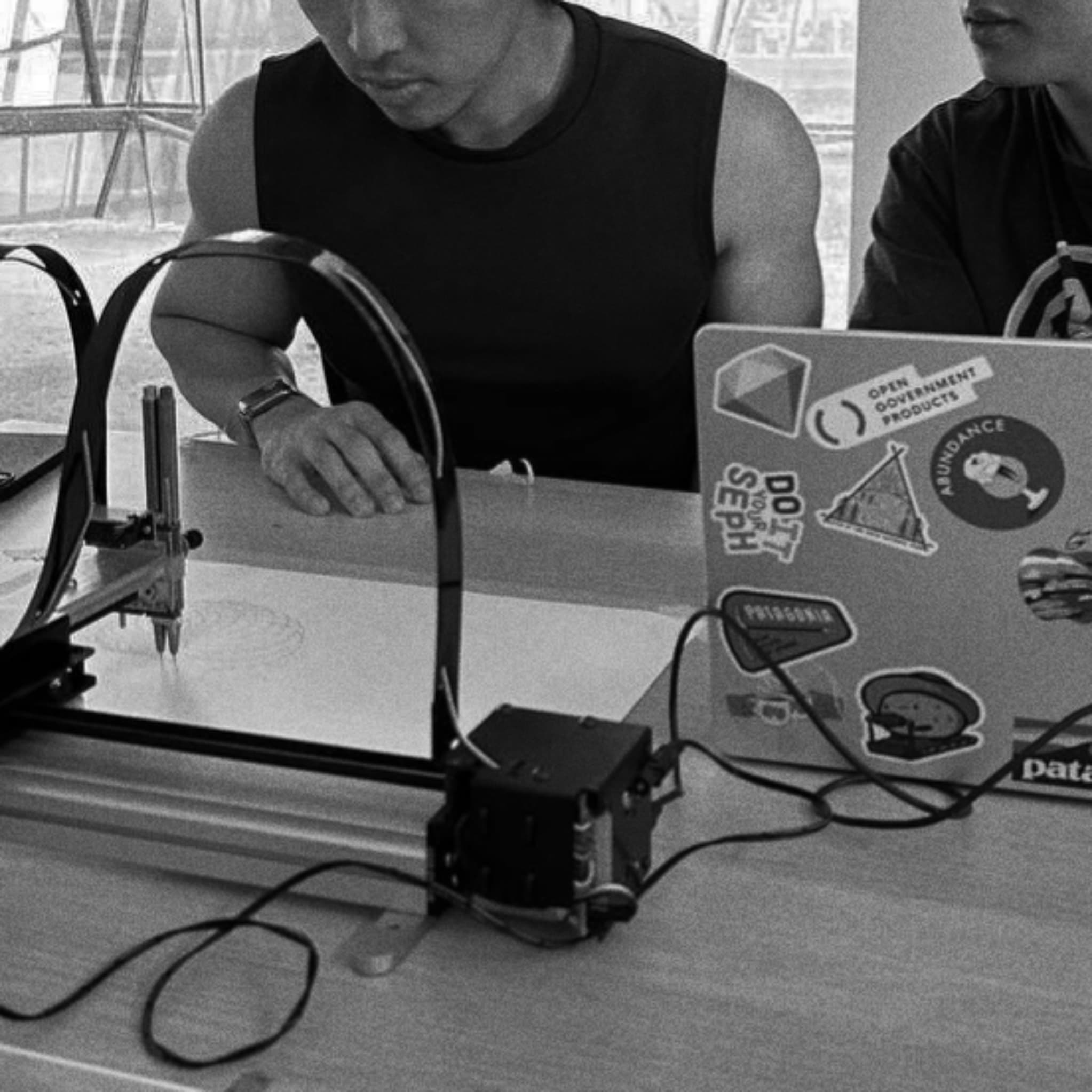
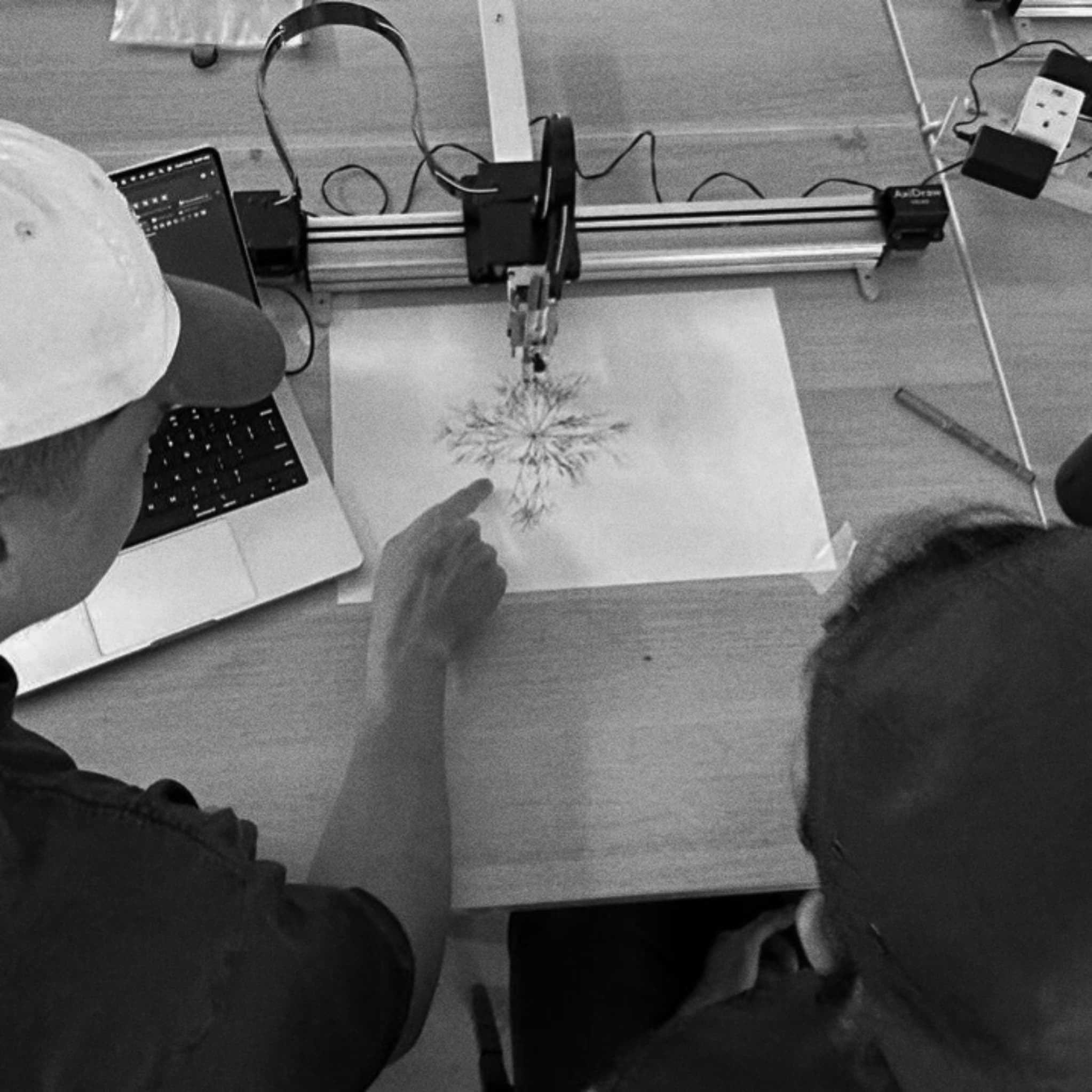
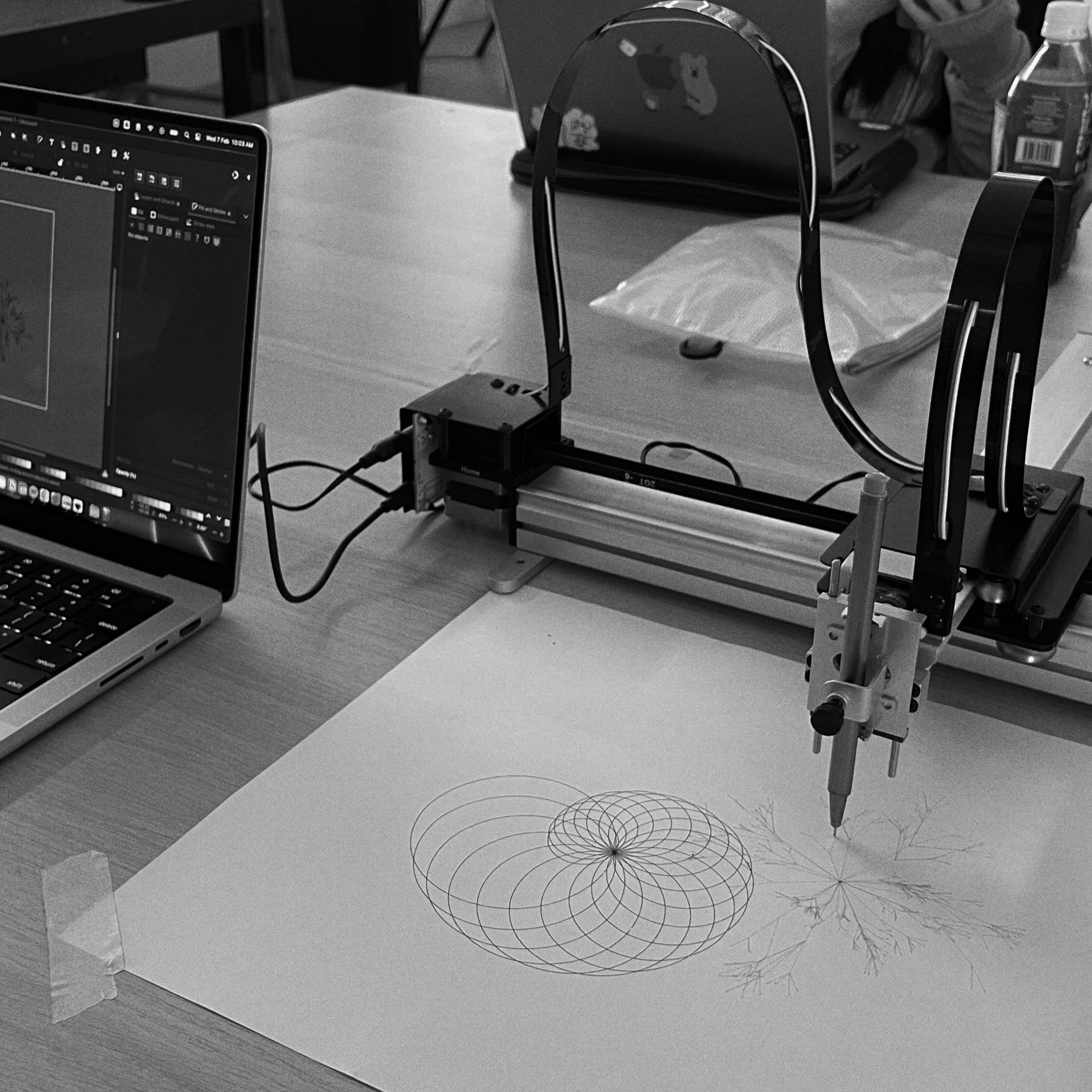
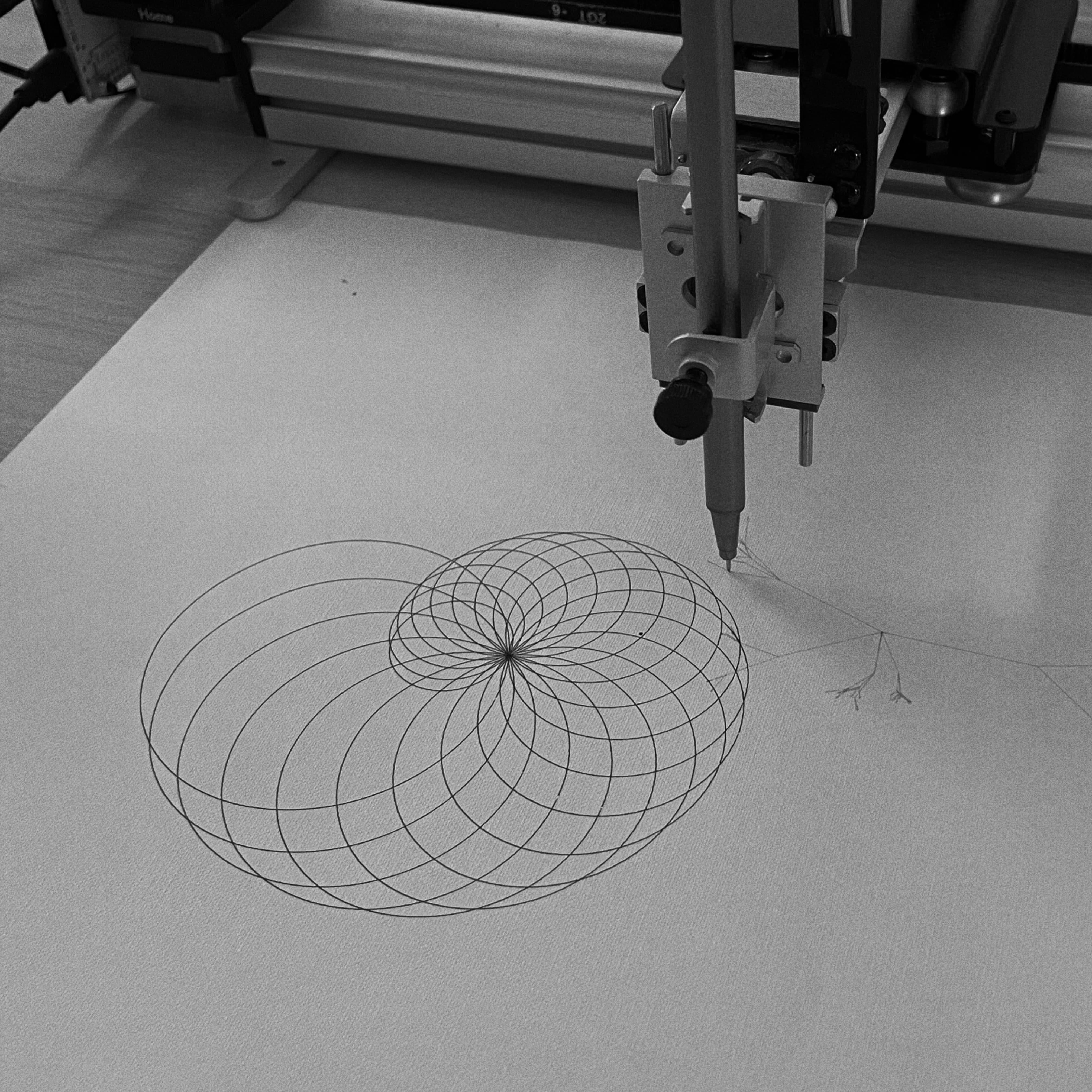
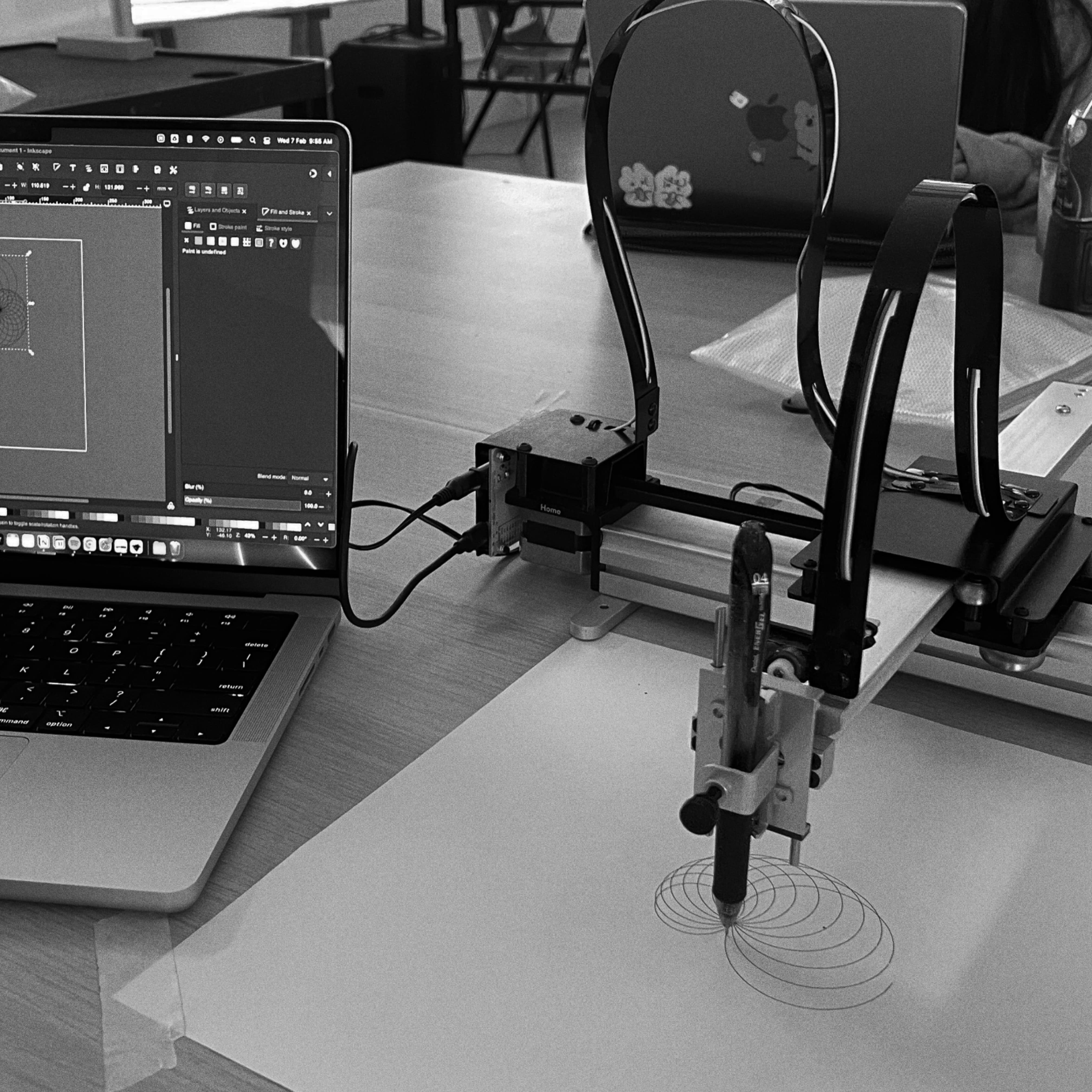
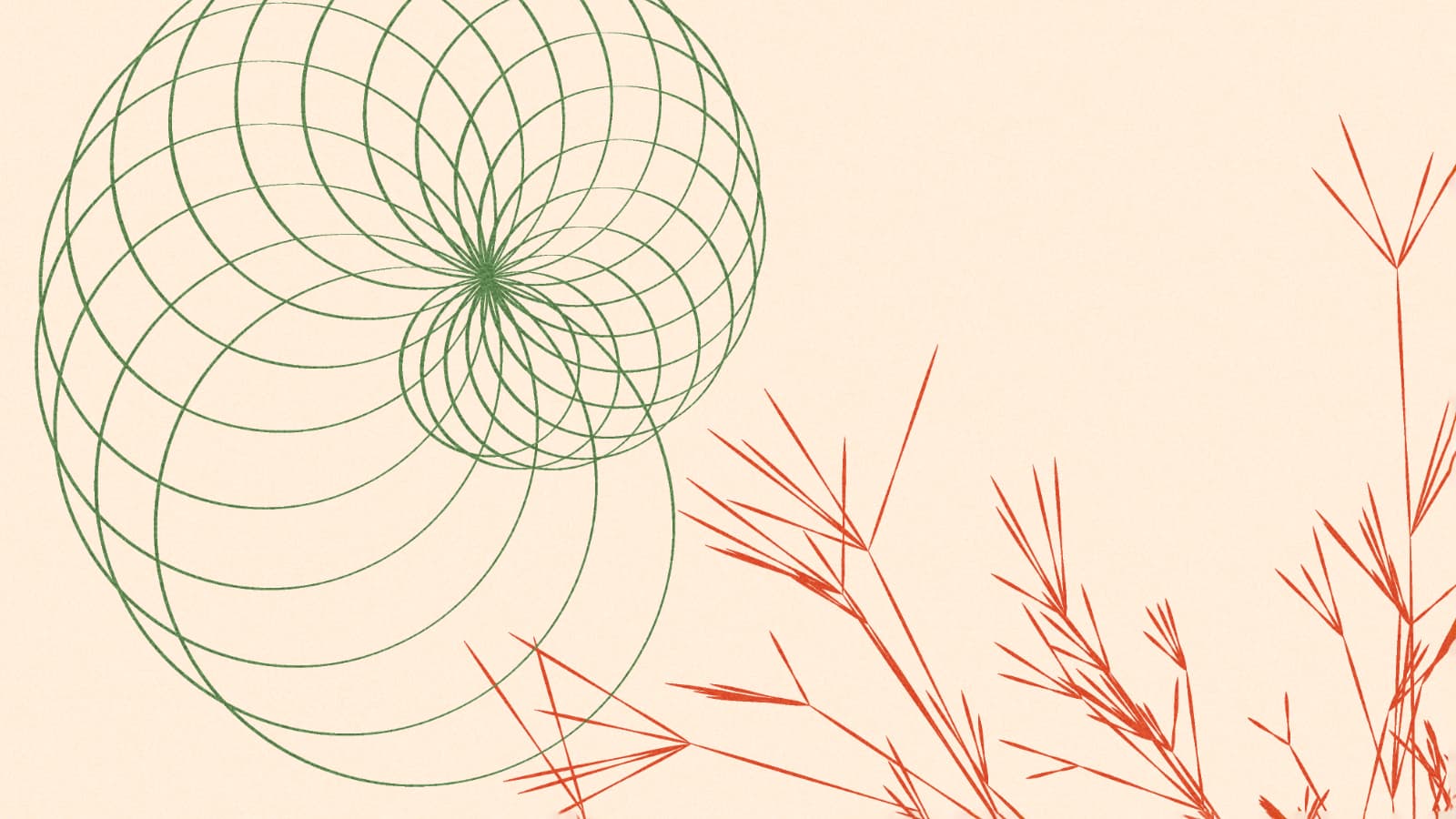
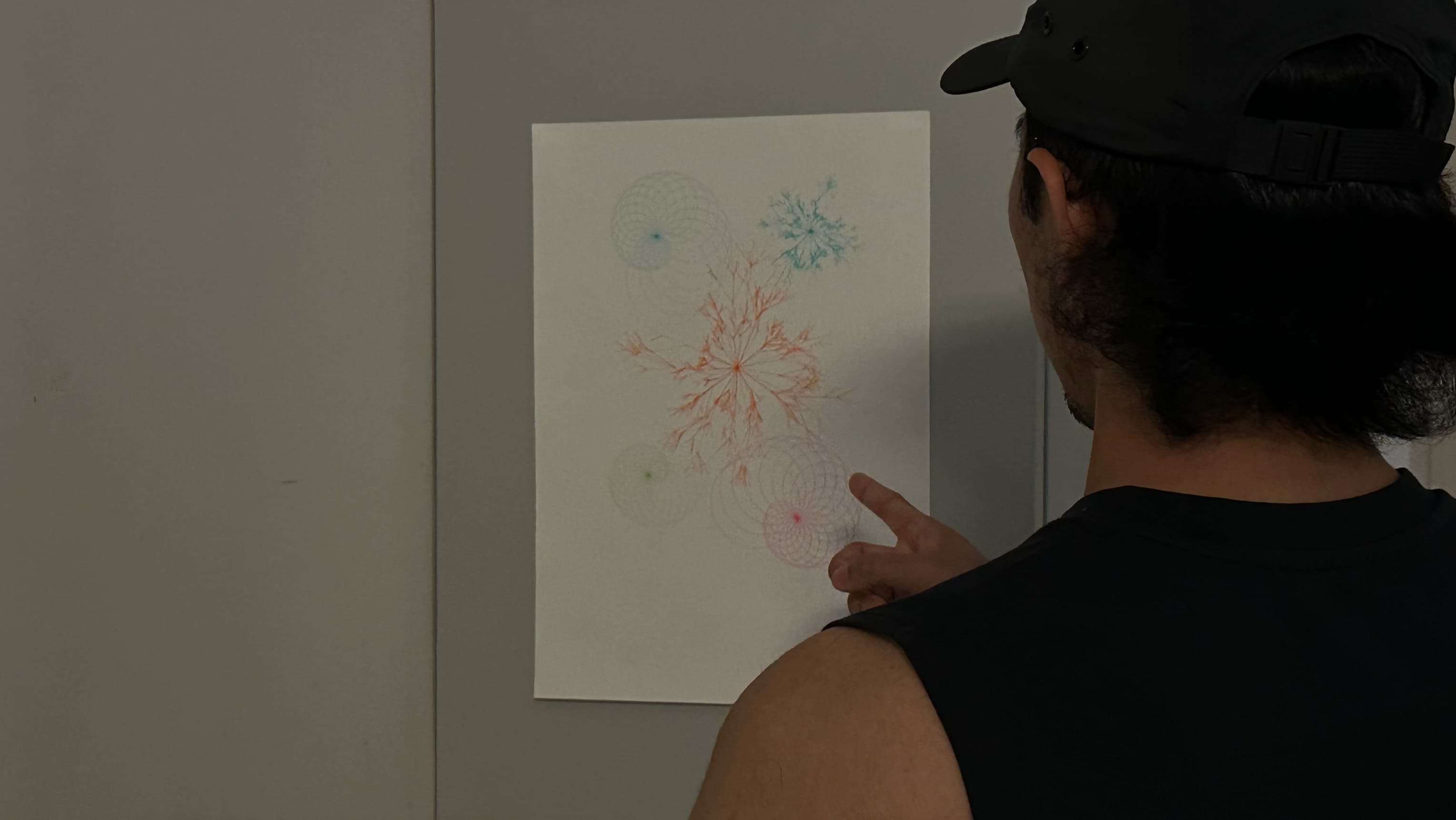
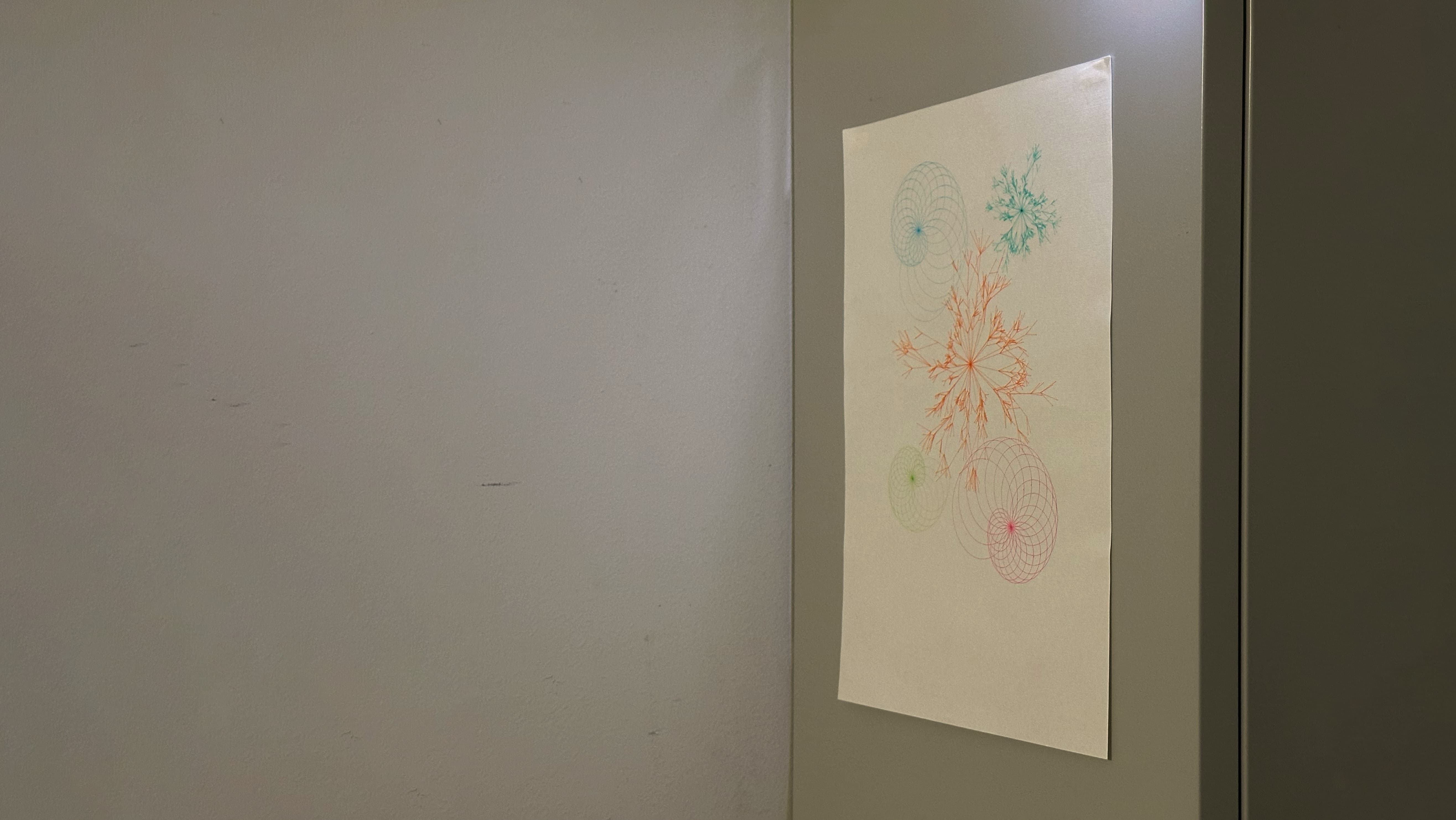
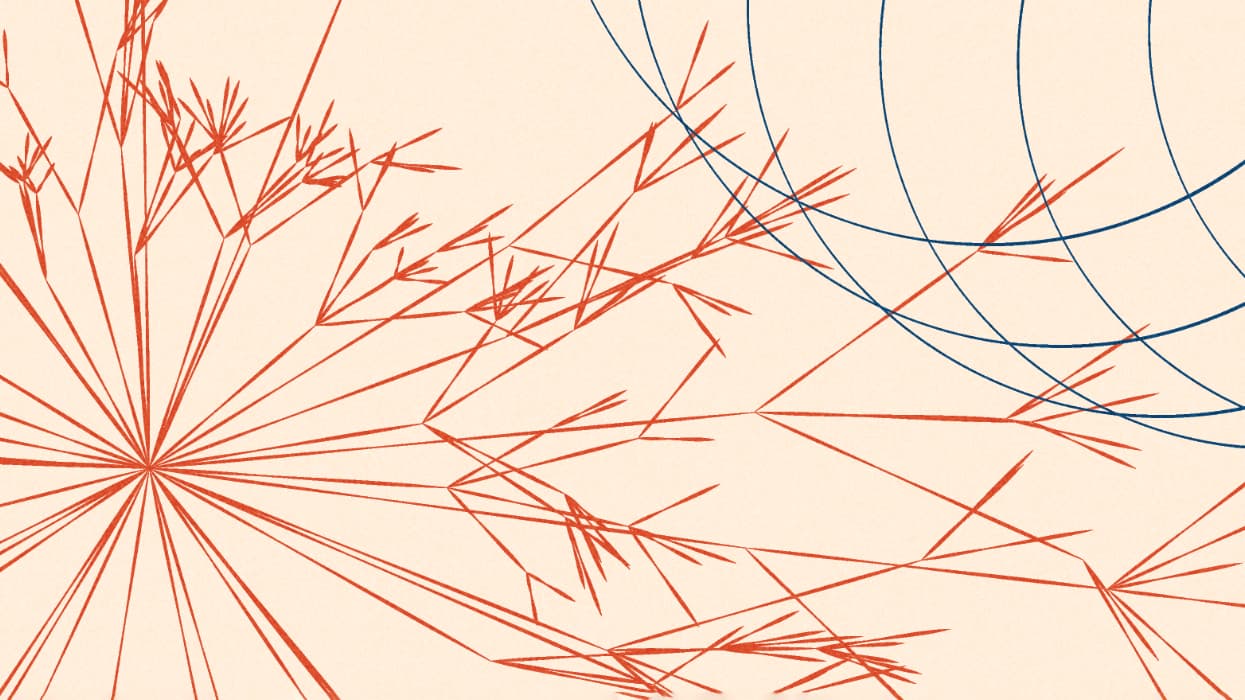
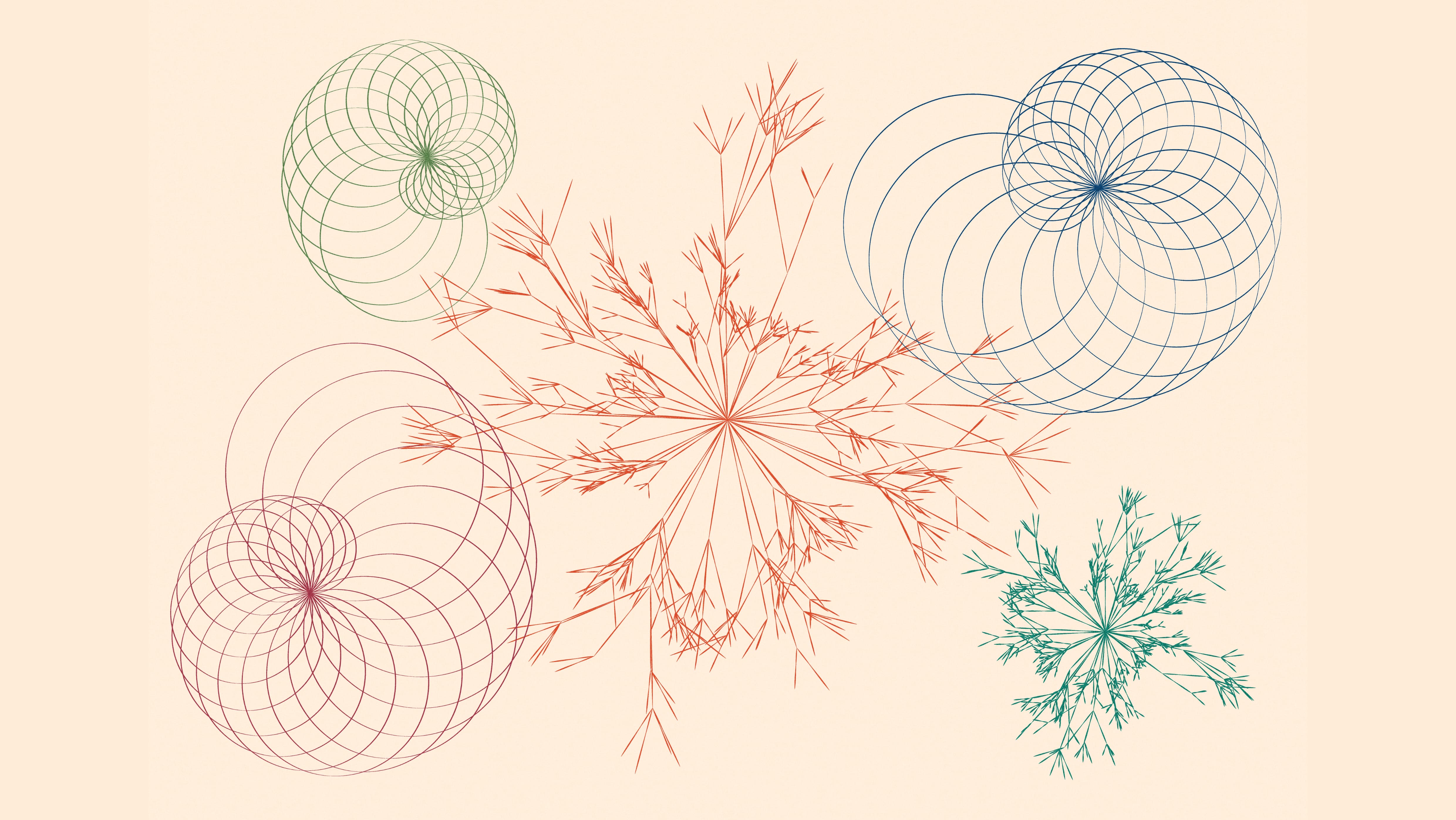
WORKSHOP-MAKING / MOLECULAR CLOUD, VIOLENT ORIGINS OF THE UNIVERSE
In the pursuit of ascertaining the ultimate morphologies of galaxies post-merger events, the Alma Research and Education Center undertook an observational investigation into the molecular gas distribution across 37 galaxies nearing their conclusive merging stages. Employing the Atacama Large Millimetre/submillimetre Array (ALMA) in conjunction with various radio telescopes, researchers scrutinized emission signatures derived from carbon monoxide (CO), serving as a pivotal proxy for molecular gas constituents within these galactic ensembles.
"Molecular Cloud, Violent Origins of the Universe" seeks to emphasize the fundamental forms that constitute the very essence of these universal components. By employing a specific p5.js sketch code, the project aims to construct the morphological representation using a set of points to generate a Delaunay triangulation. Subsequently, Blender software will be utilized to unfold the form and present it within a physical space, thereby providing a tangible manifestation of the underlying mathematical principles governing its structure.
Materials used: p5.js, A3 cutting board, X-acto knife, double-sided tape, metal ruler
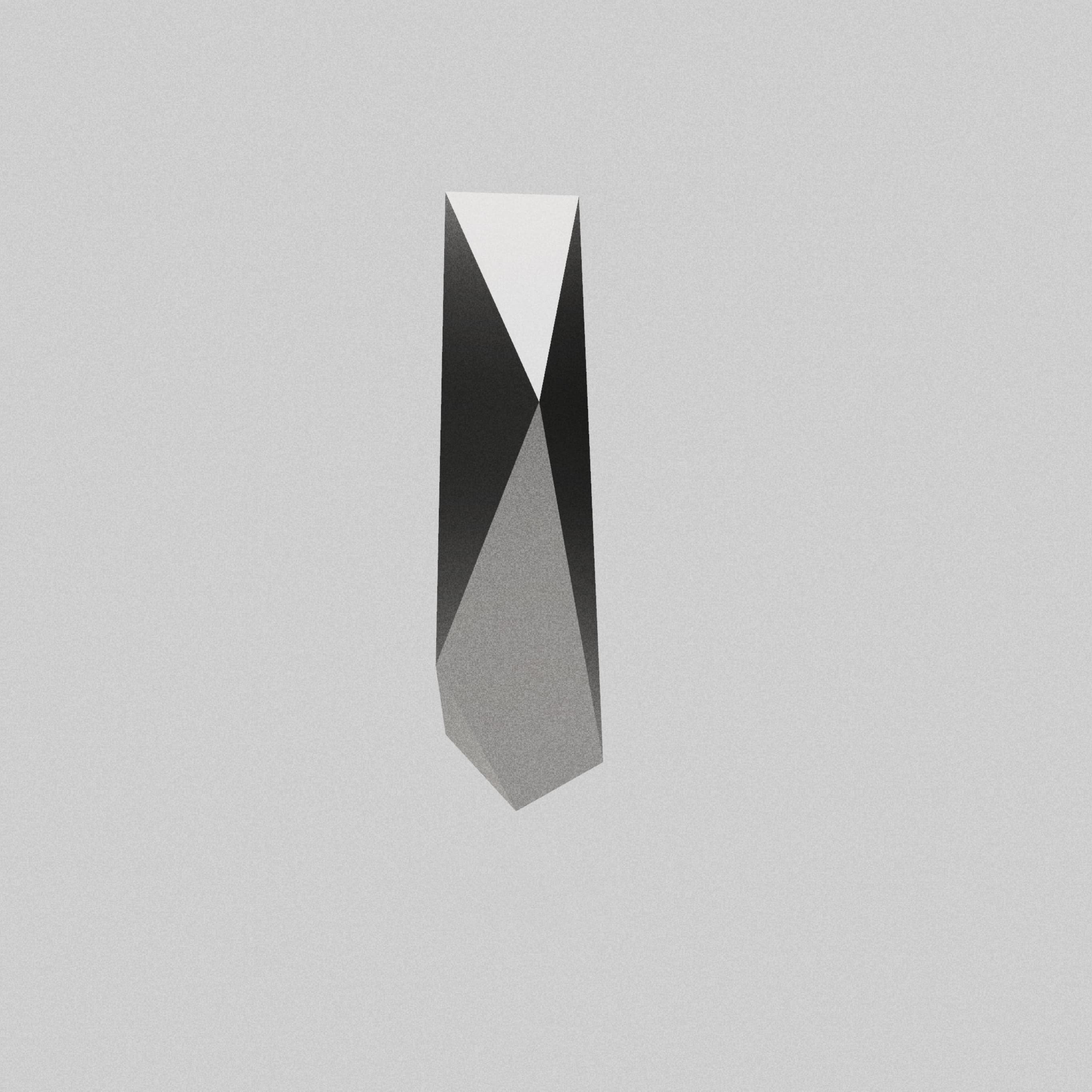
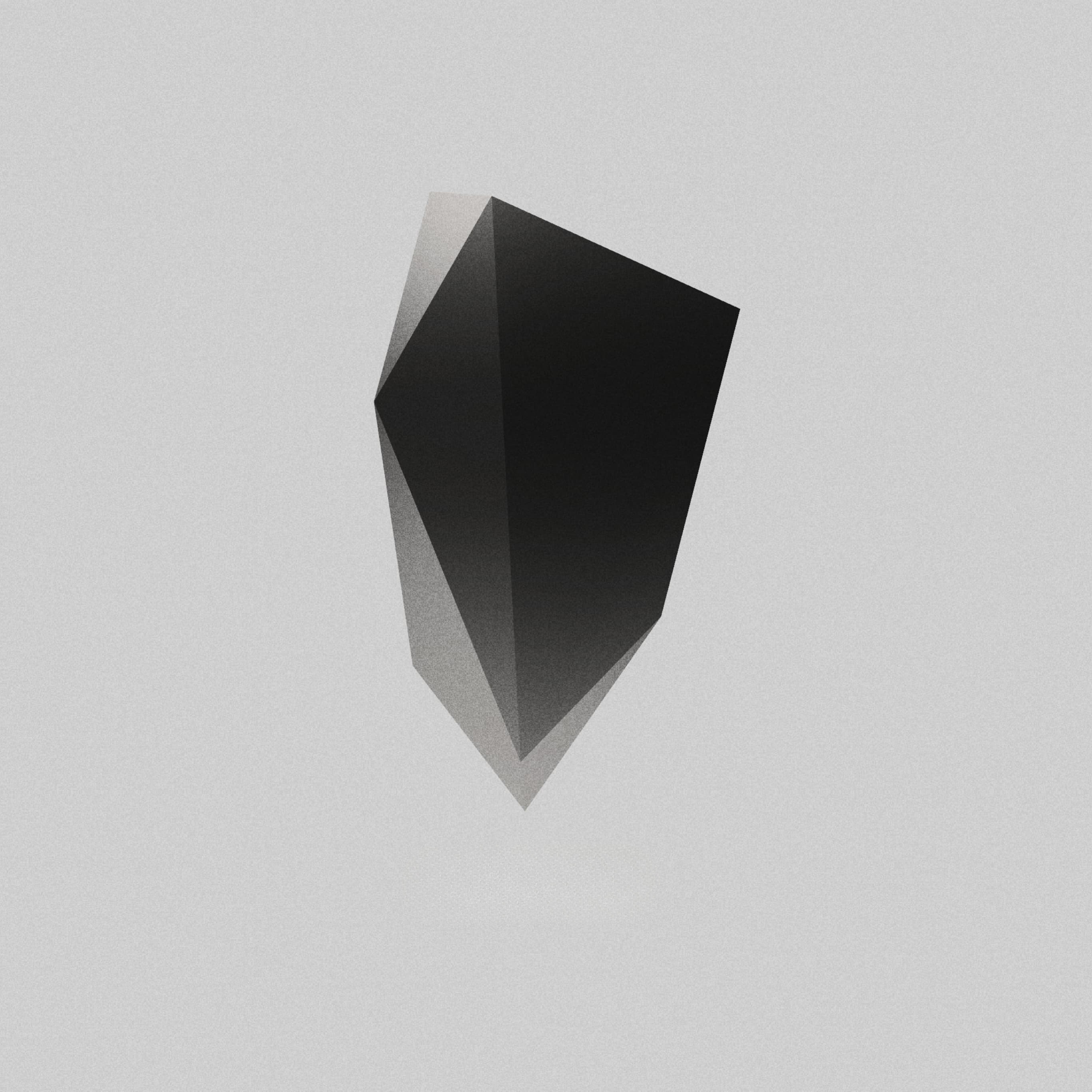
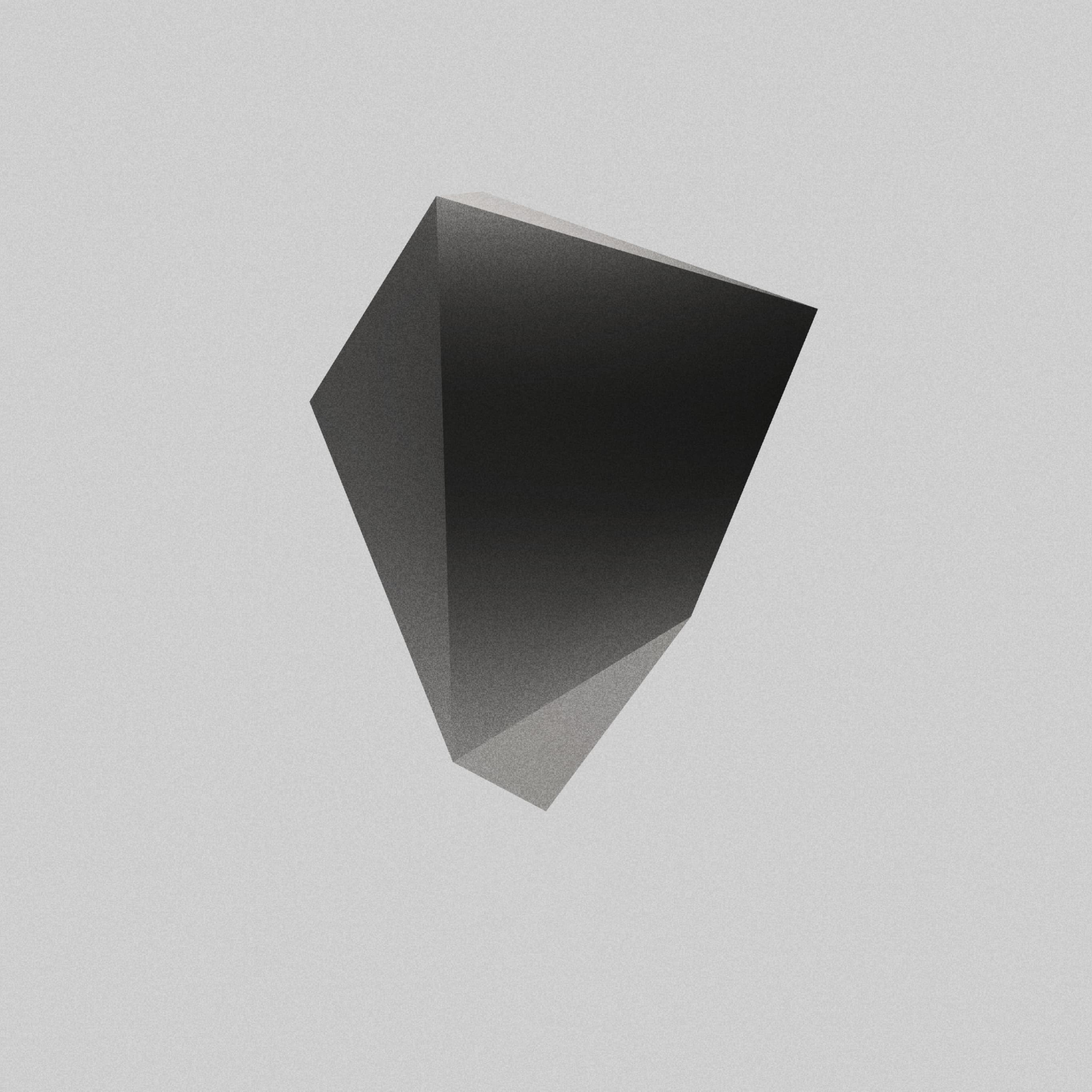
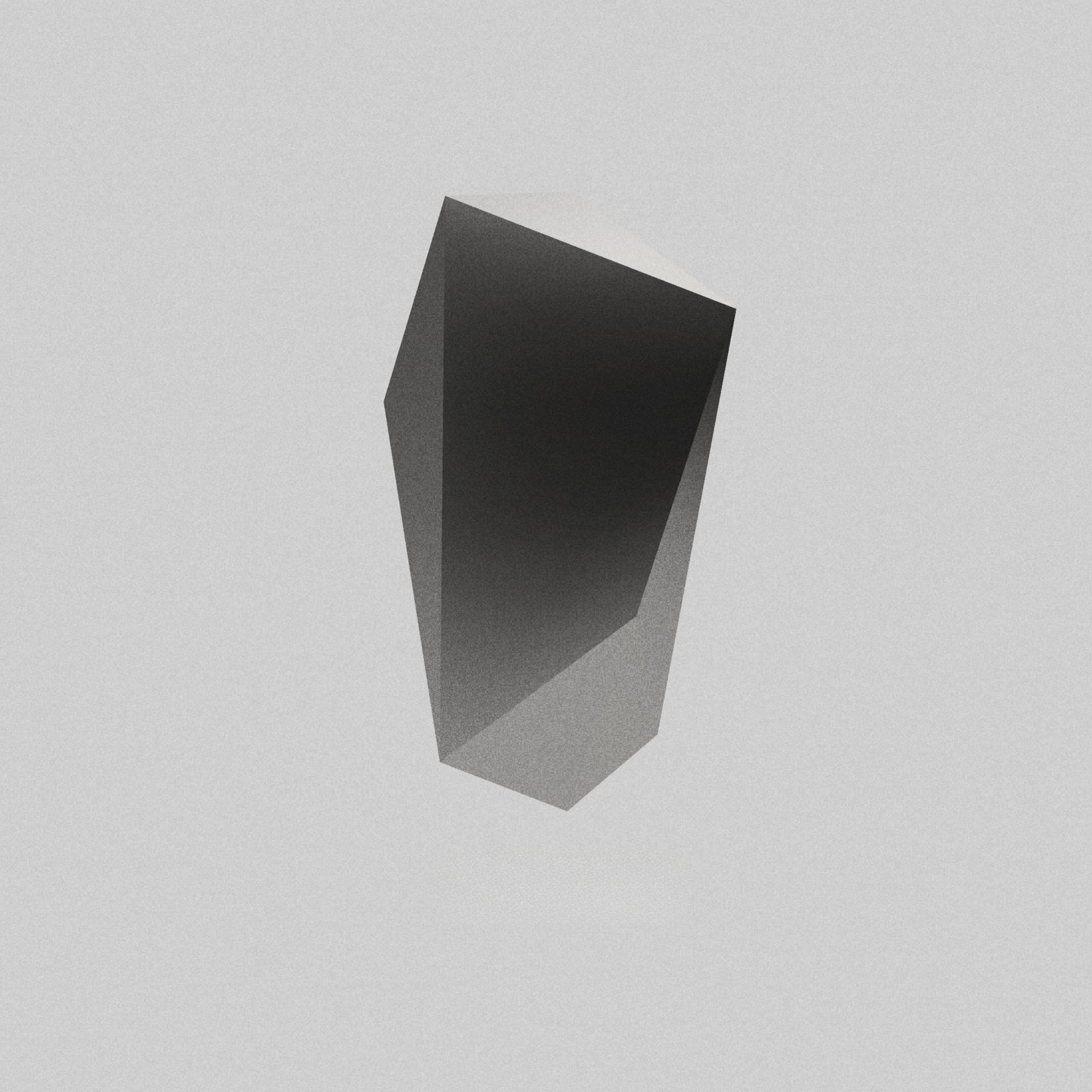
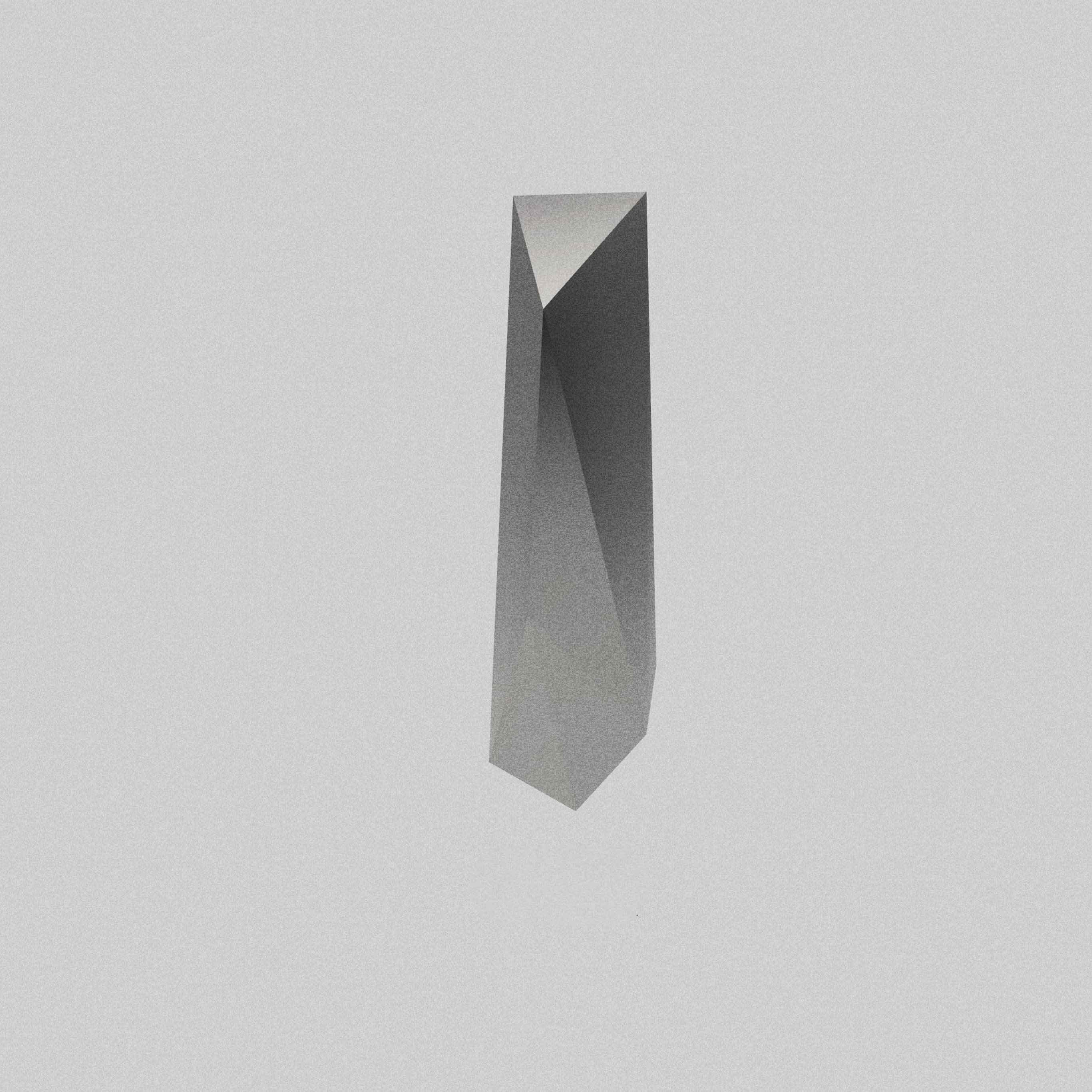
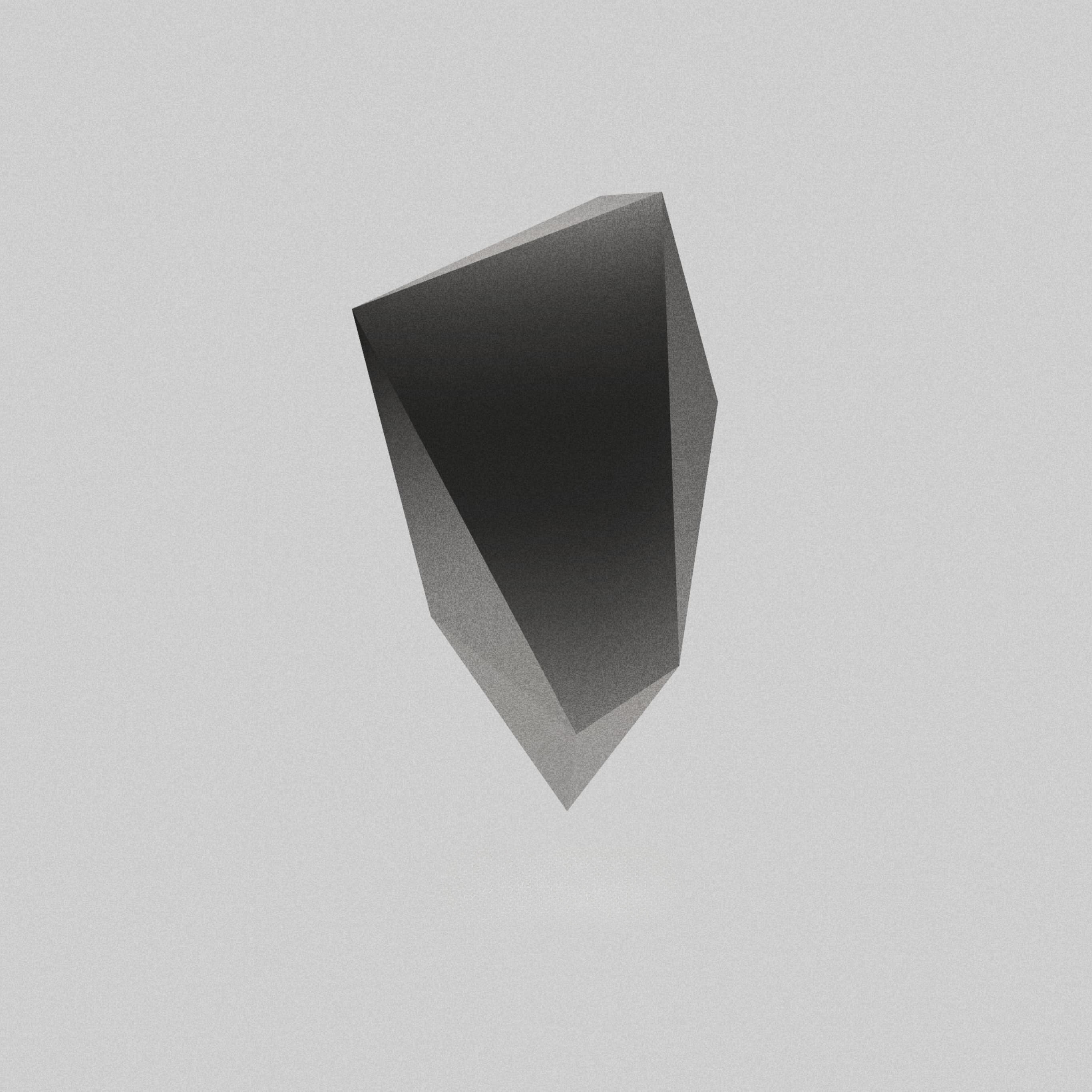
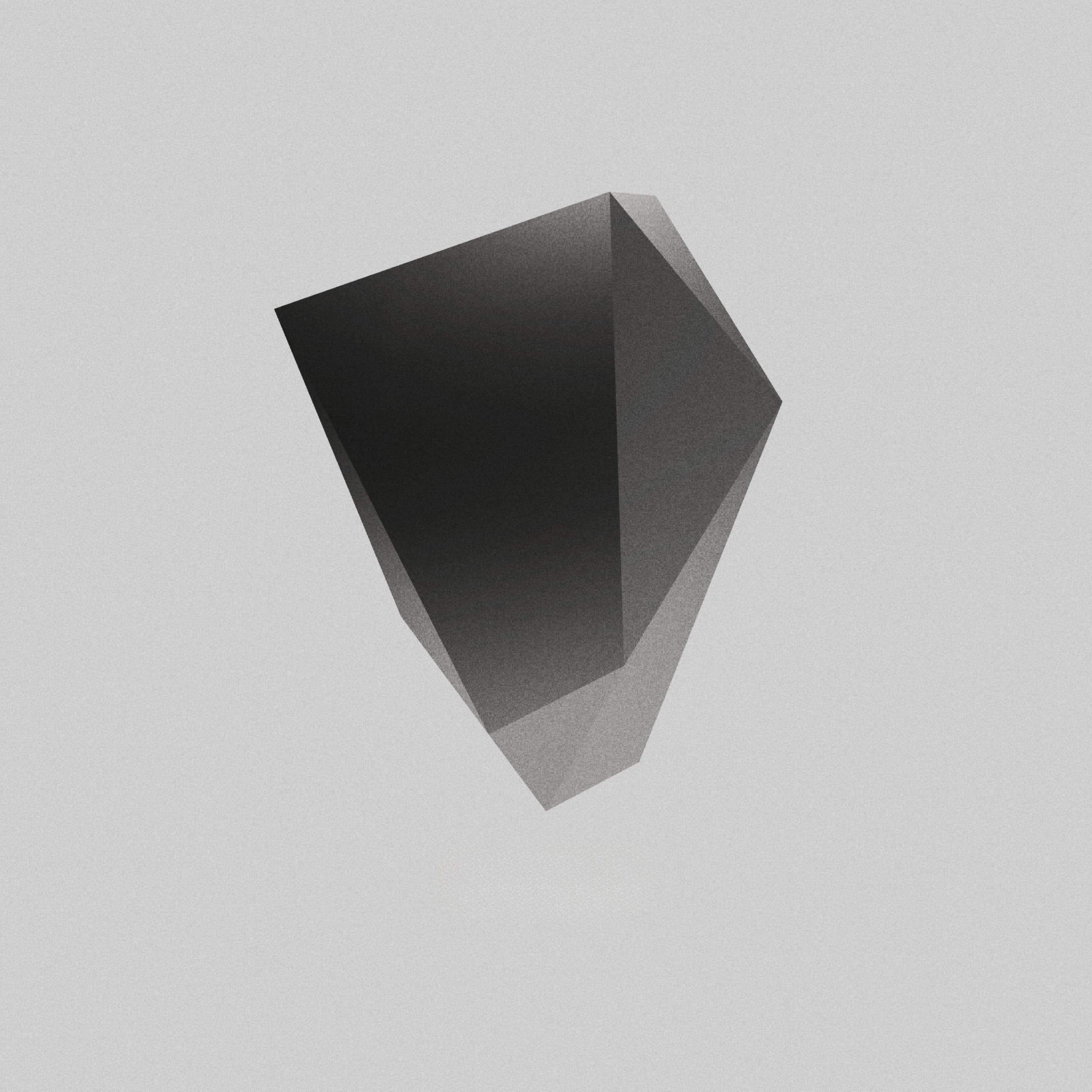
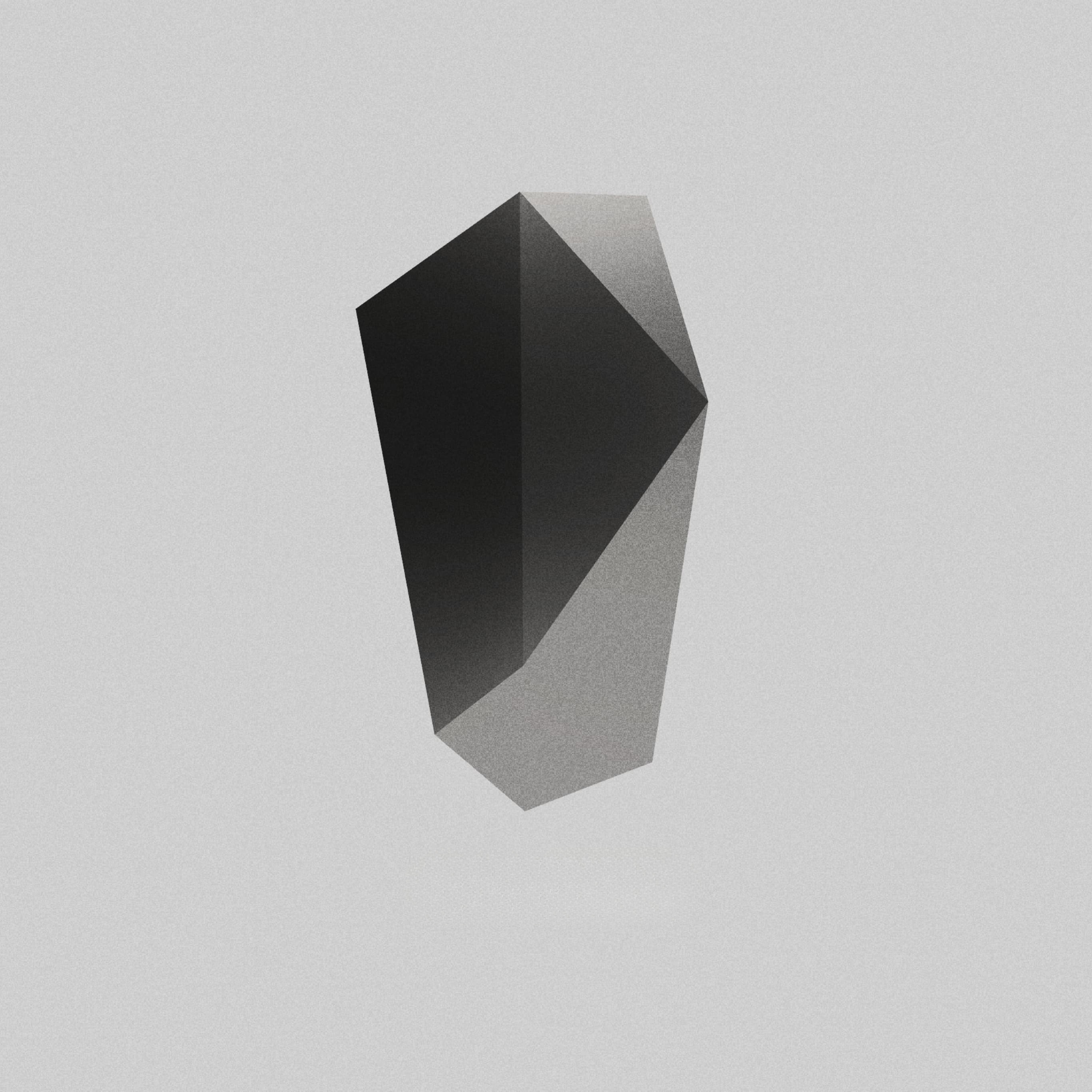
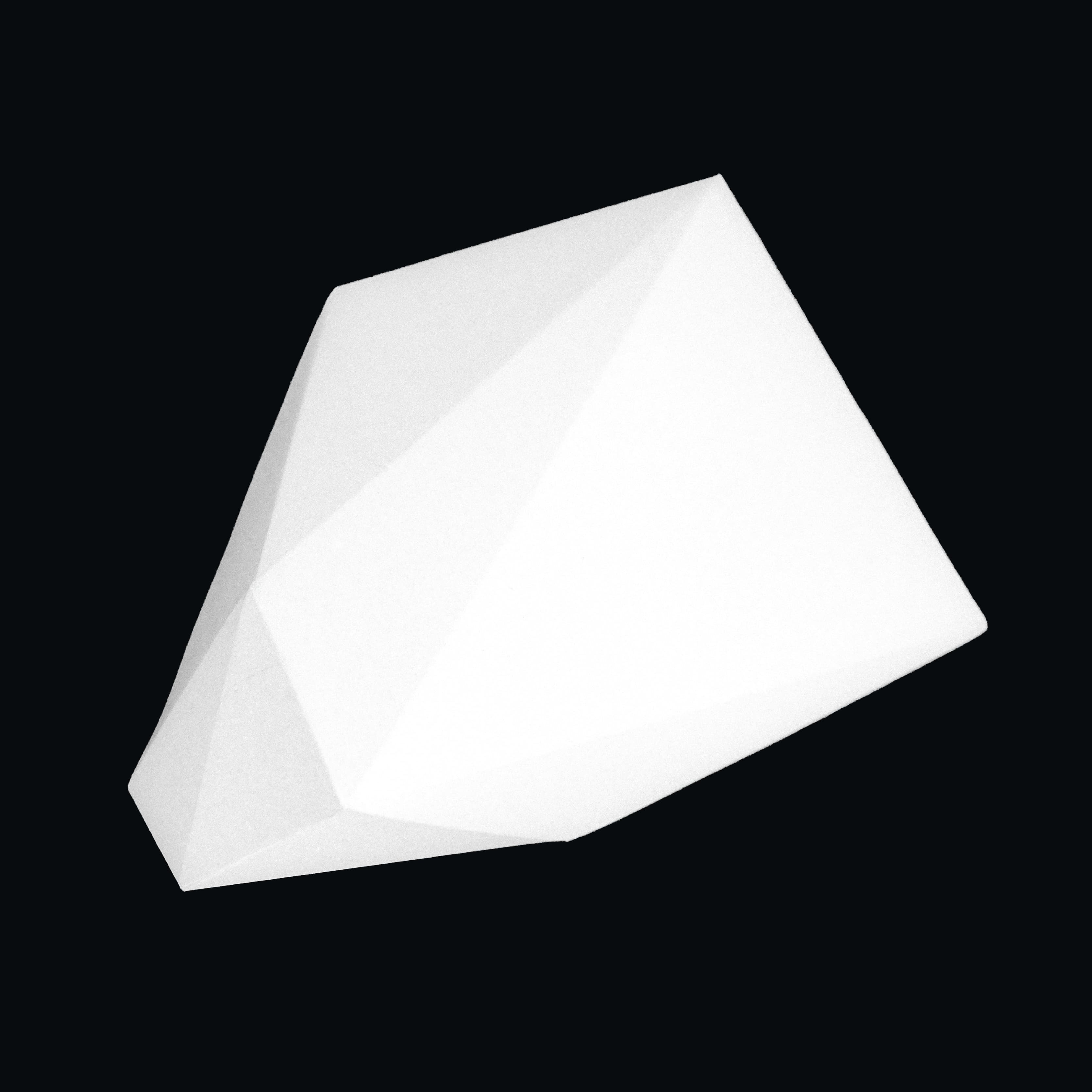
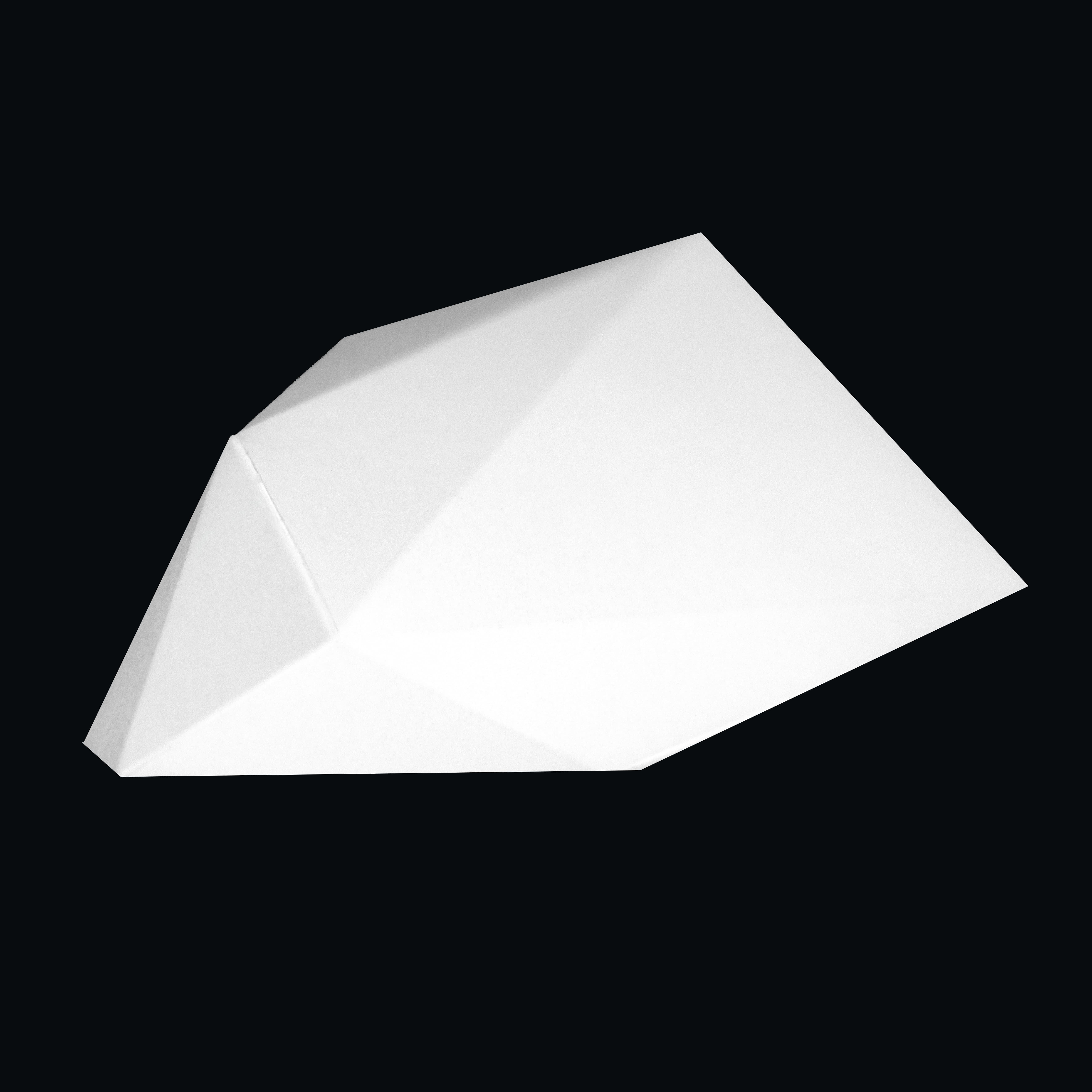
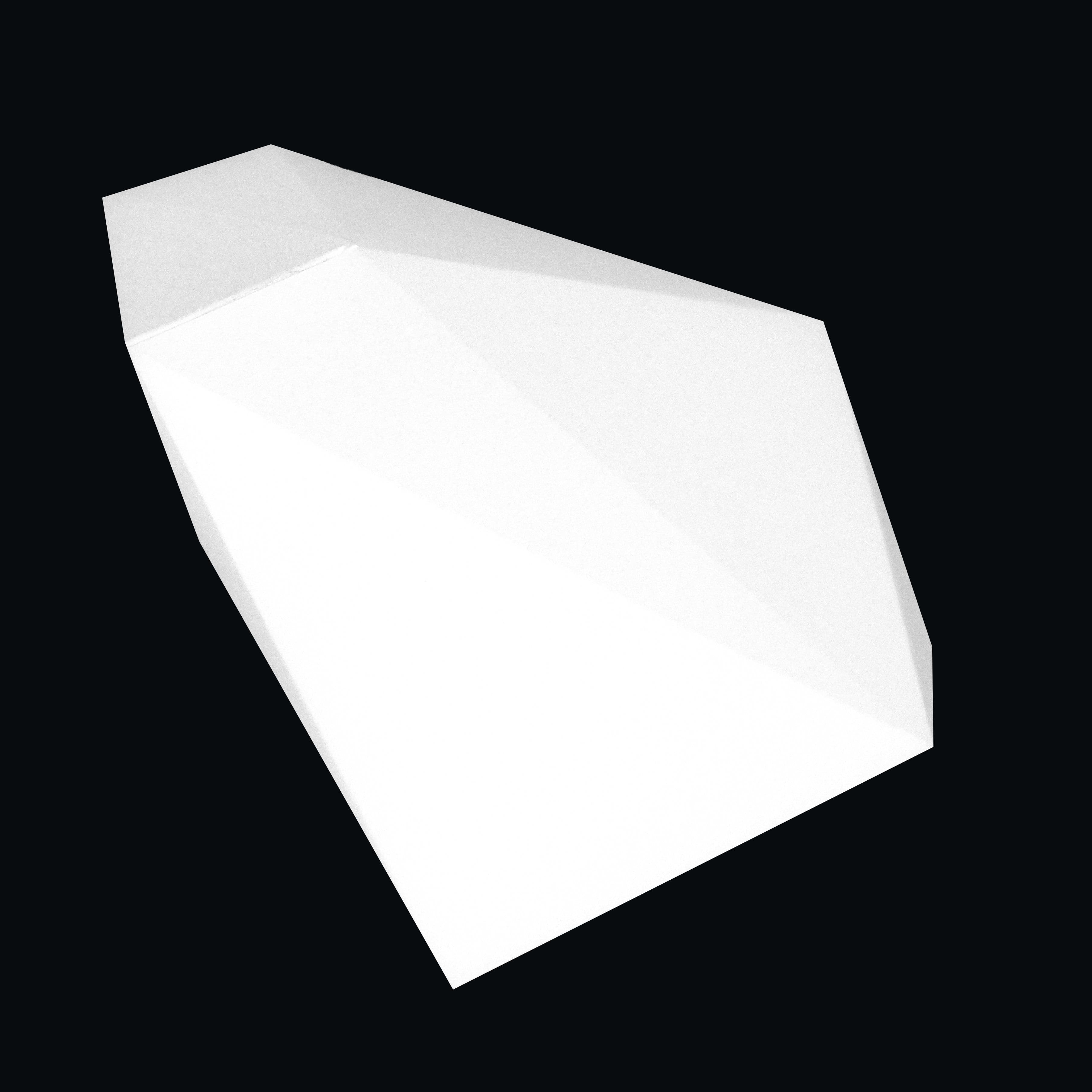
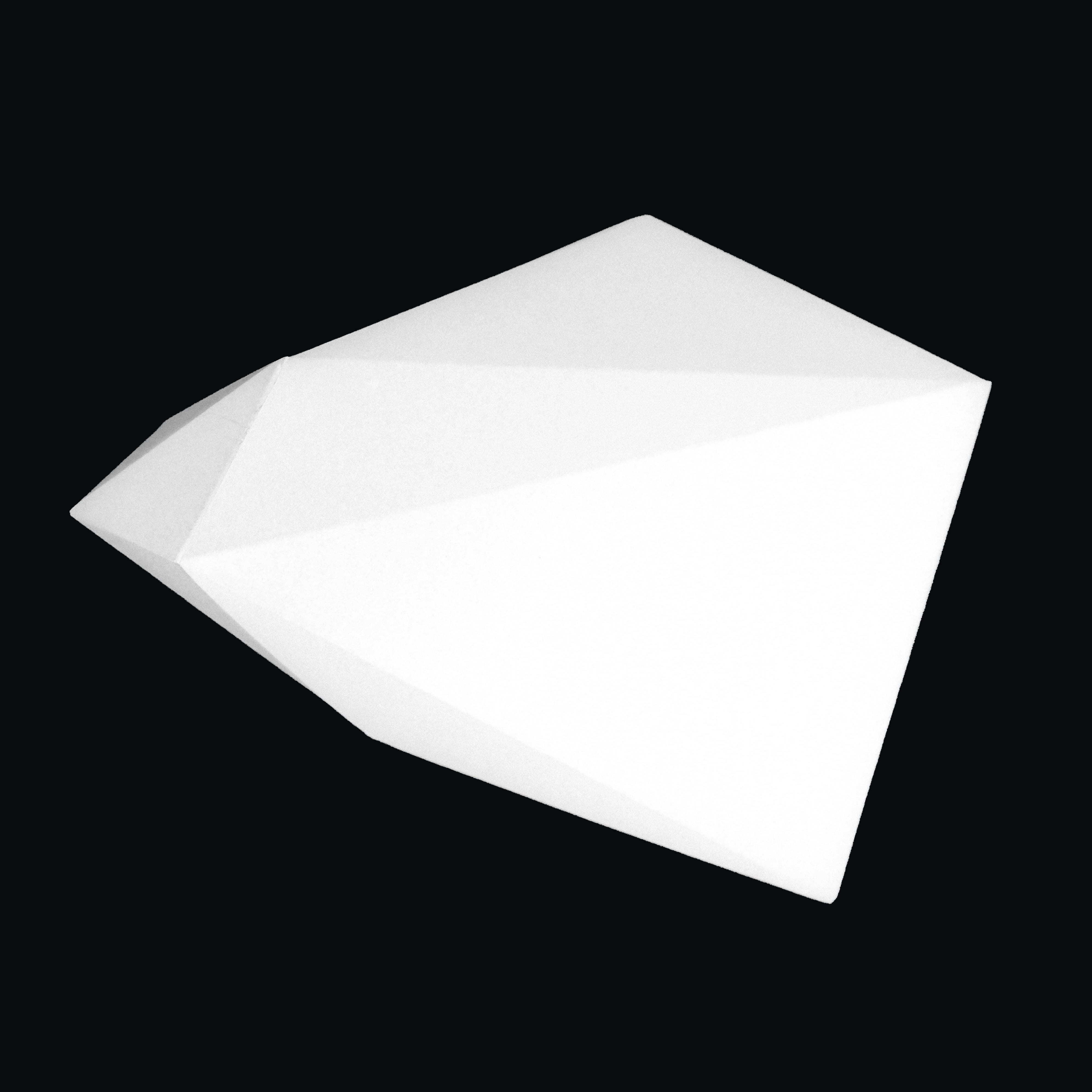
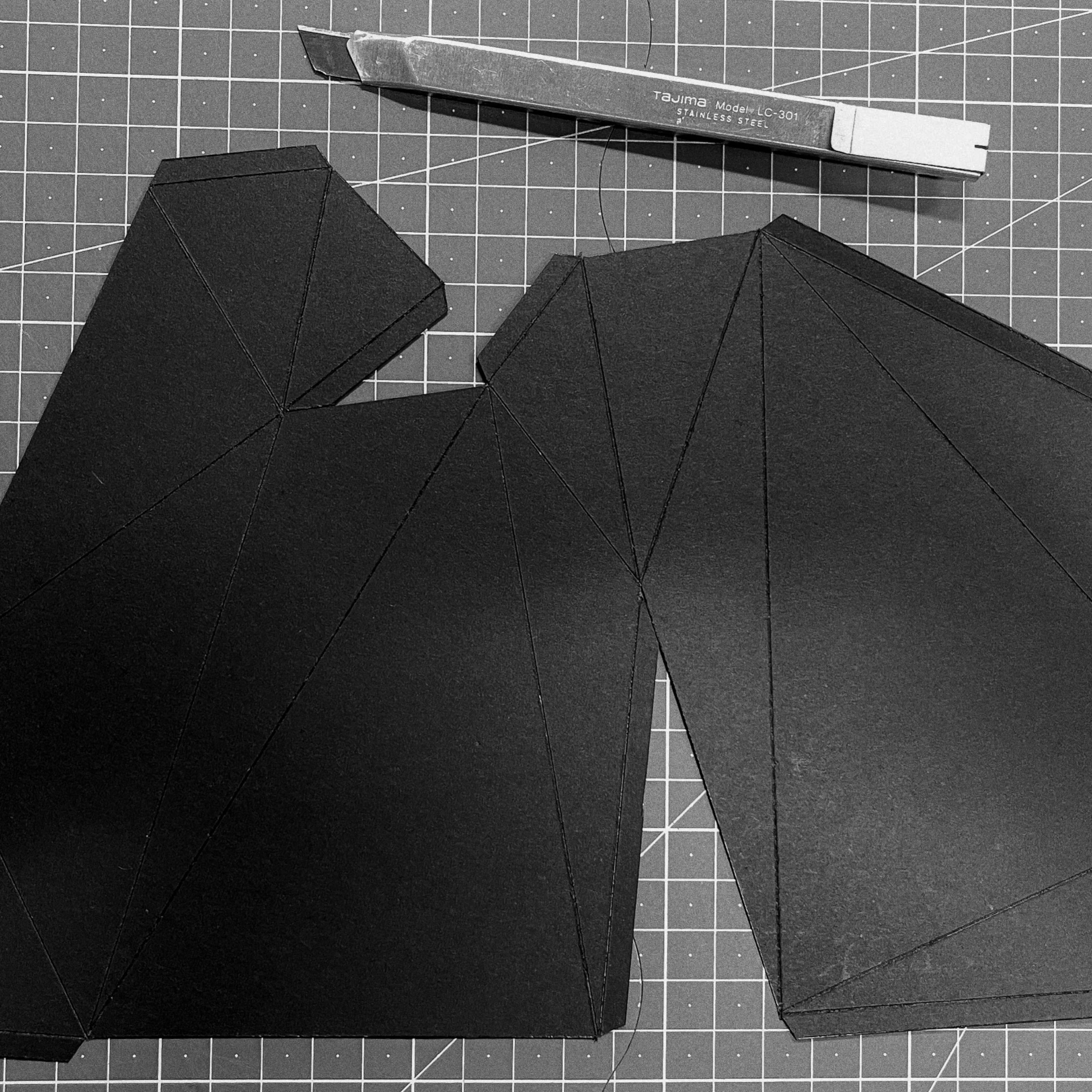
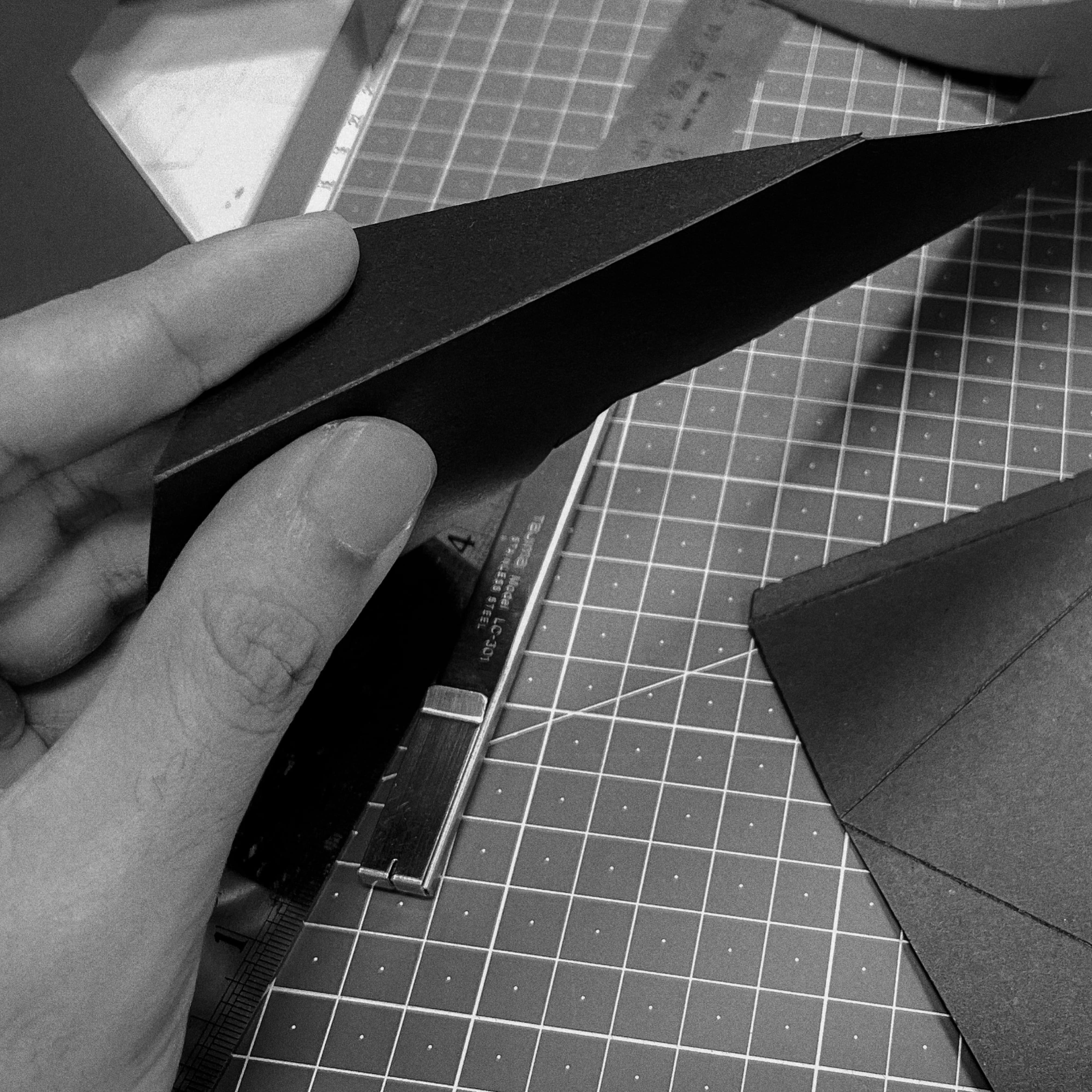
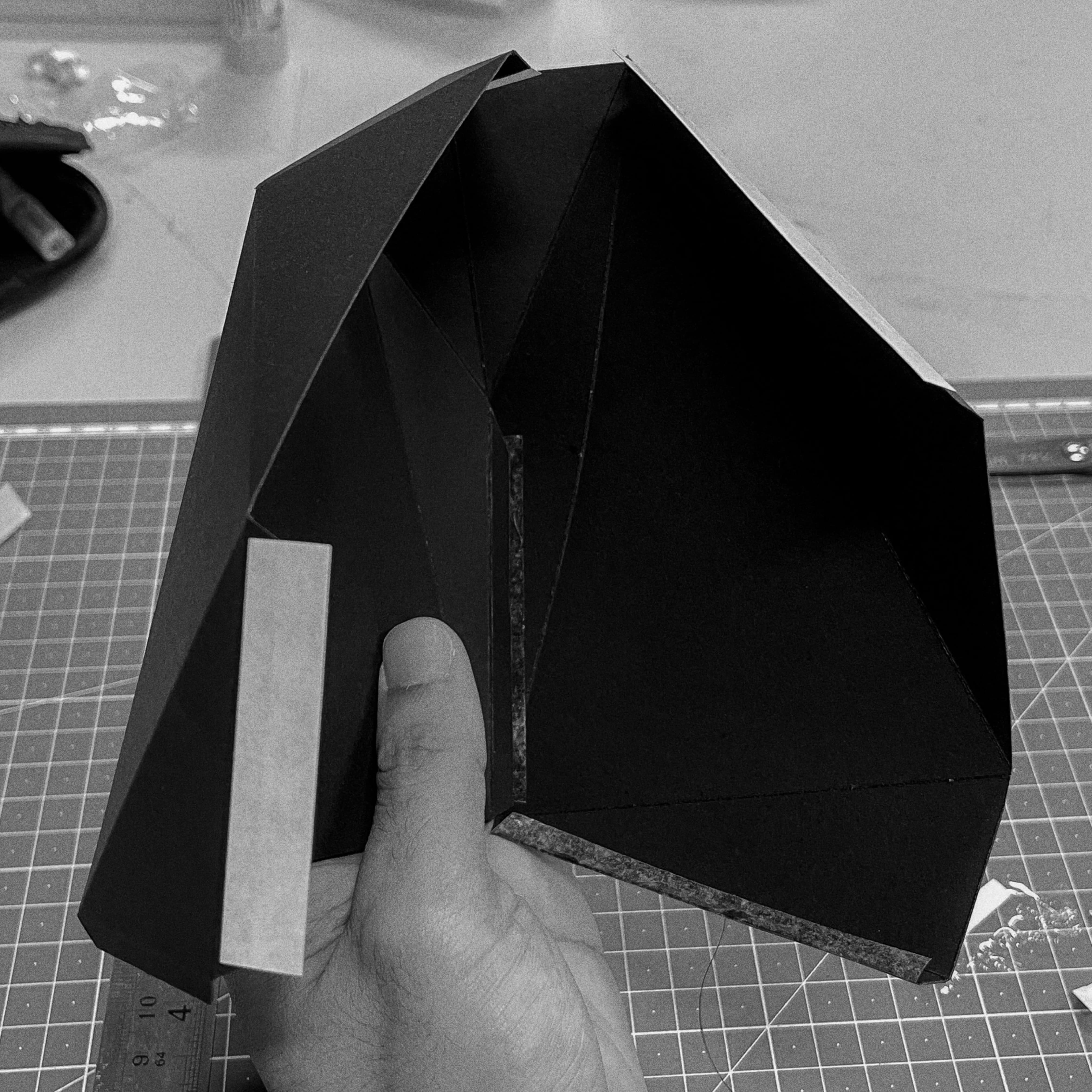
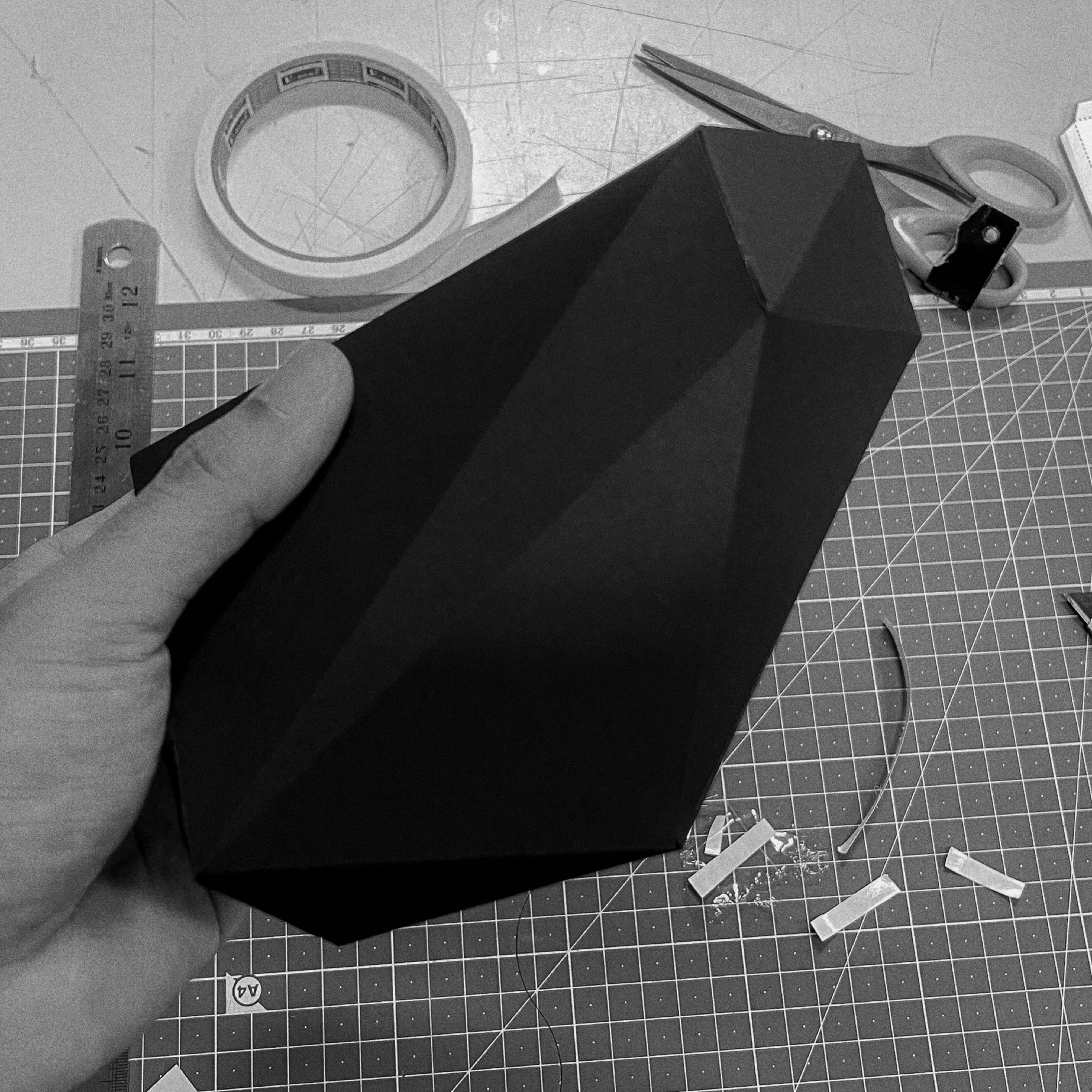
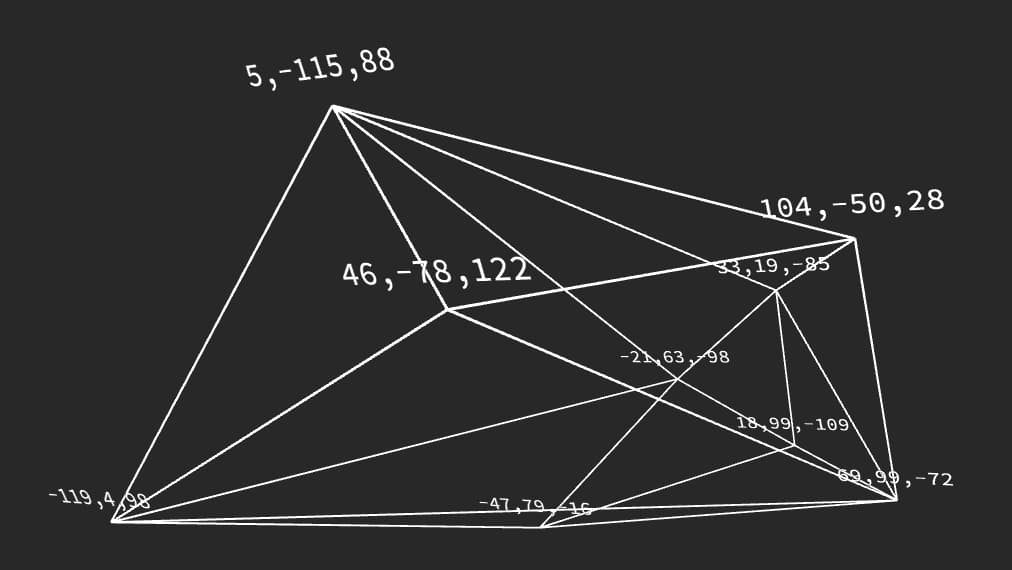
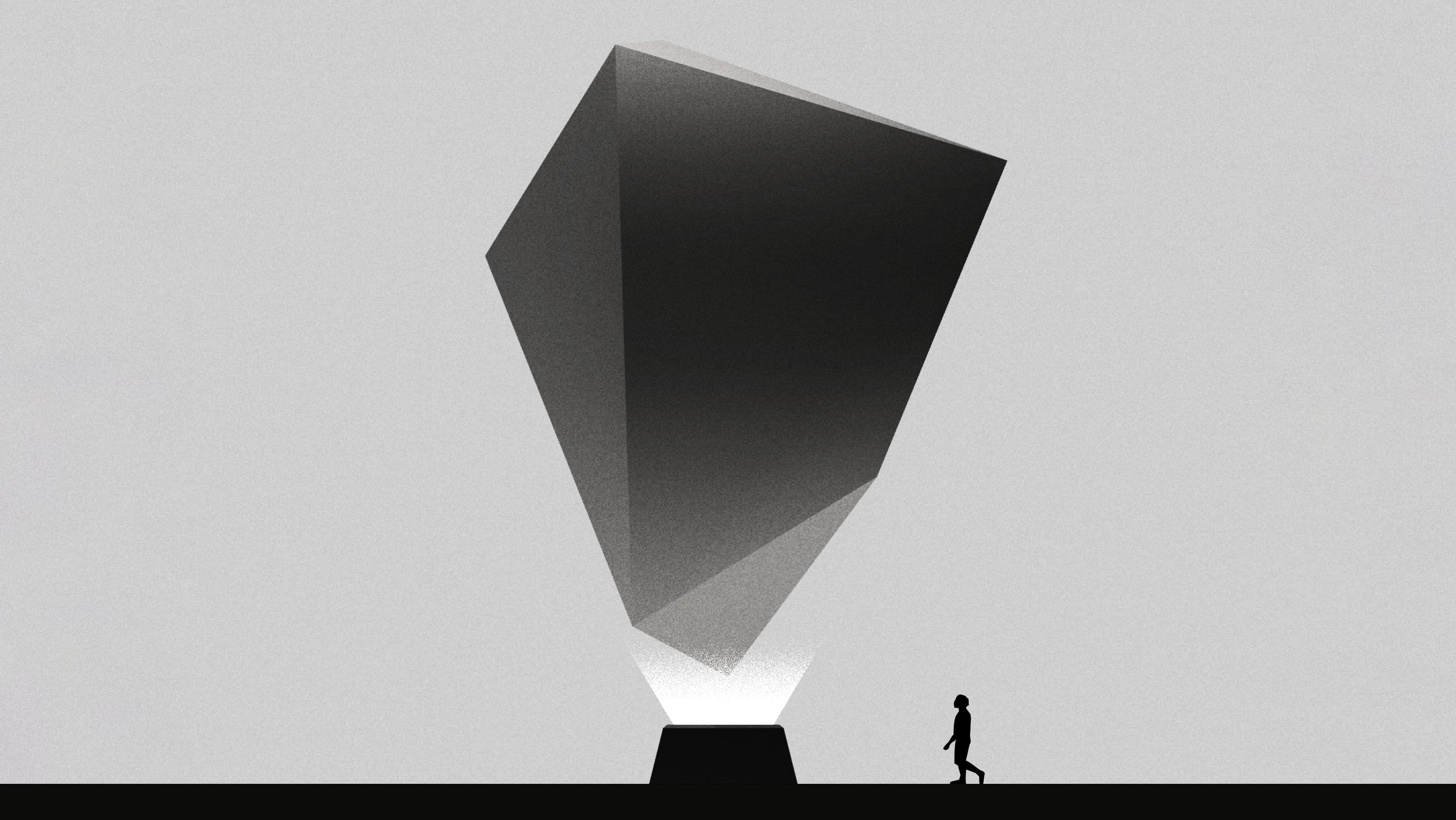
WORKSHOP-PLAY / S.T.A.R
In the year 2387, humanity had ultimately achieved the long-standing aspiration of faster-than-light (FTL) travel. The groundbreaking discovery of exotic matter, coupled with the development of advanced propulsion systems, had ushered in a new era of cosmic exploration and commercial exploitation. At the forefront of this technological revolution stood Starfield Industries, renowned for their cutting-edge spacecraft designs.
Their crowning achievement was the S.T.A.R. (Superluminal Translight Acceleration Rig). The S.T.A.R project employed Arduino to create a tangible representation of the movement of the cosmos through a p5.js sketch that visualises it, accompanied by a buzzer that imitates the sounds of space. The primary learning objectives of this workshop were to introduce participants to the fundamental concepts of Arduino programming, sensor integration, and data visualisation using p5.js.
Materials used: Arduino editor, wires, Arduino board, Grove shield, USB cable, rotary angle sensor (potentiometer), vibration motor
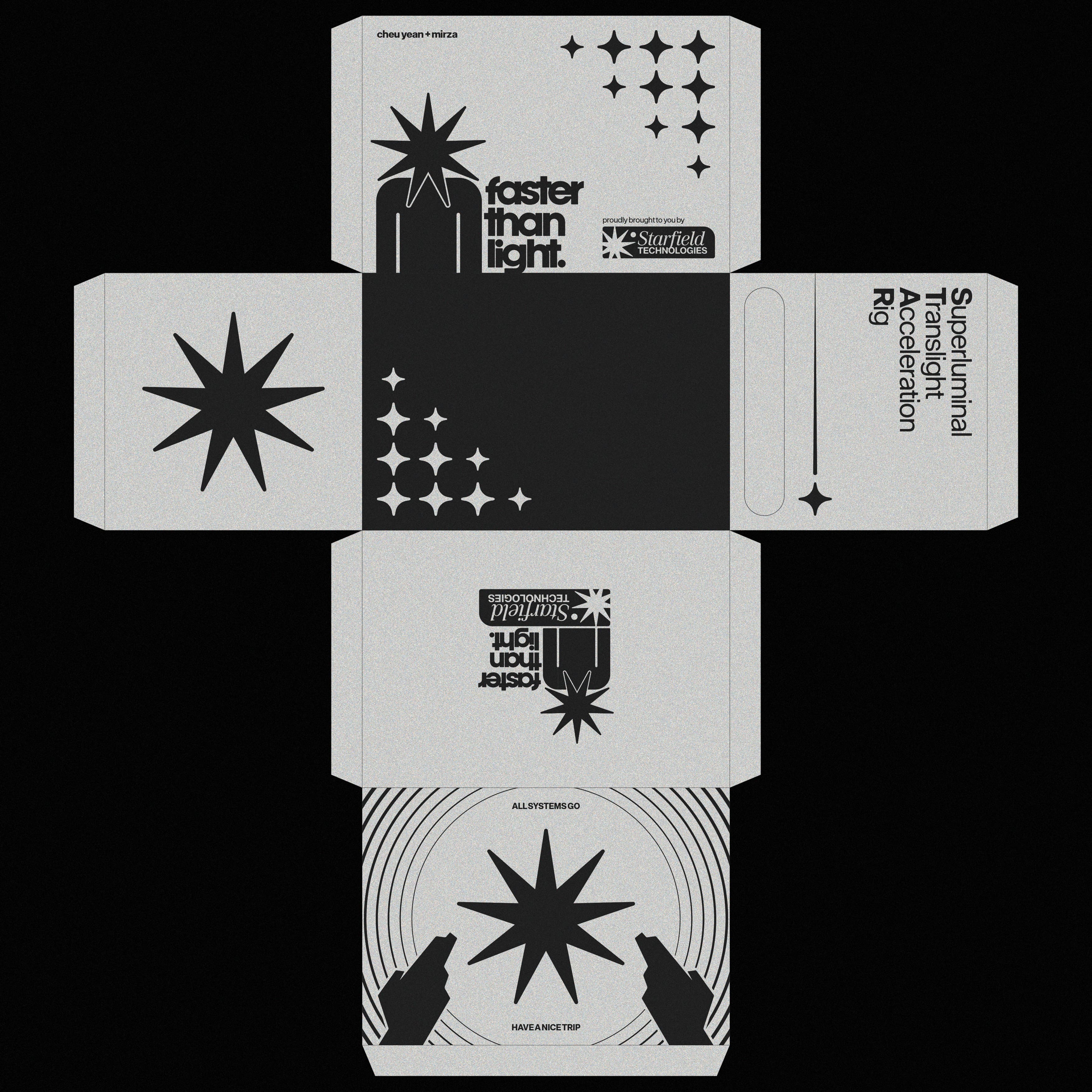
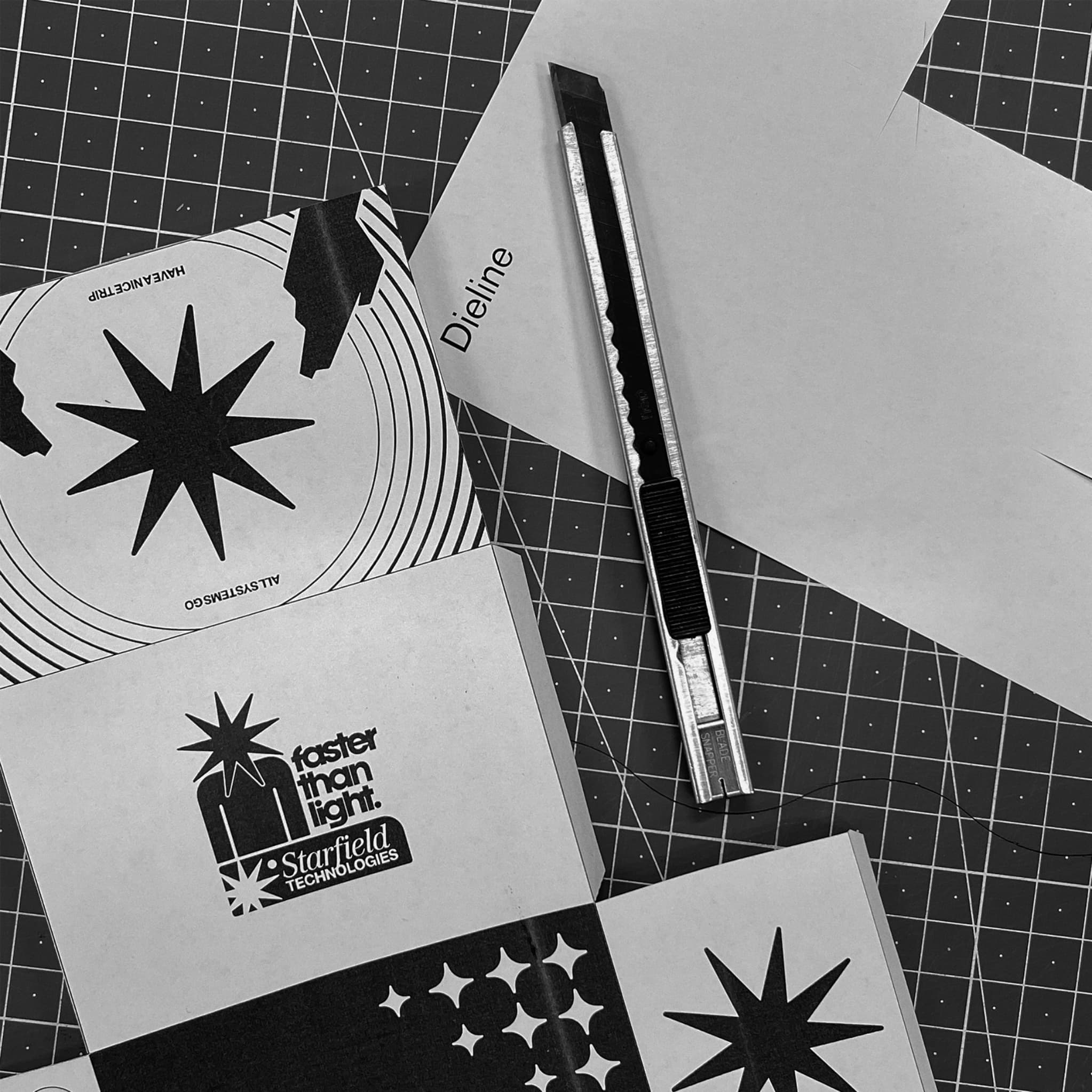
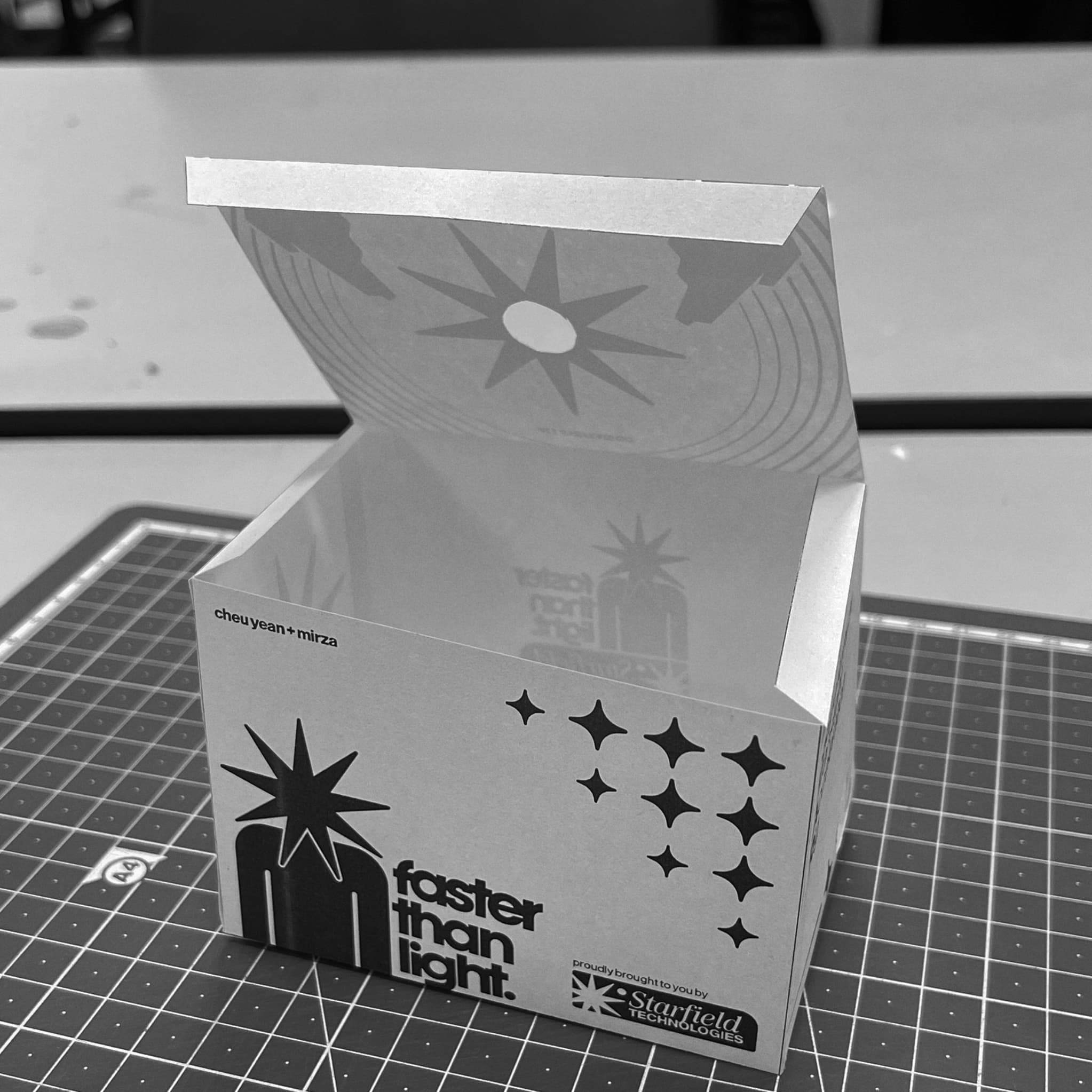
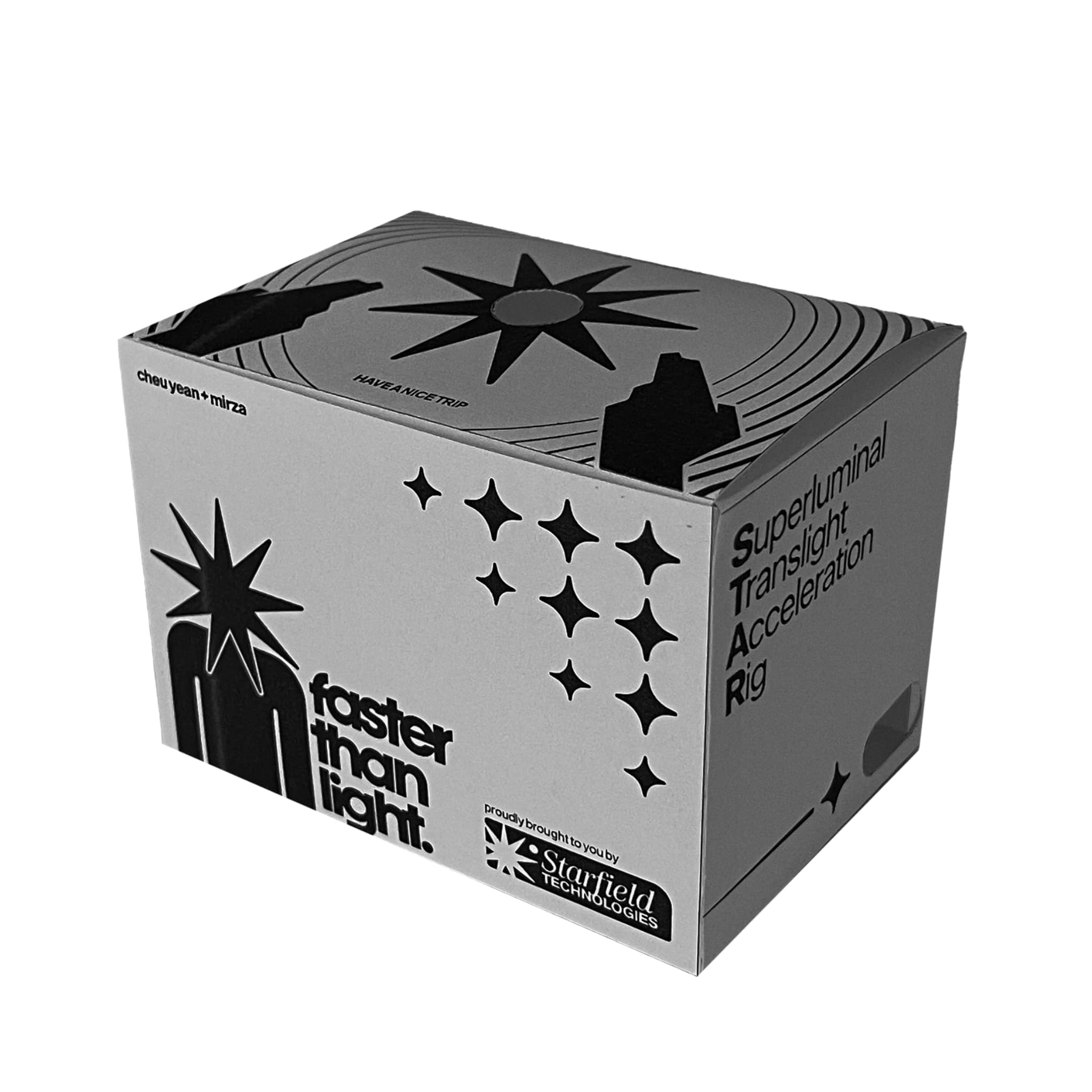
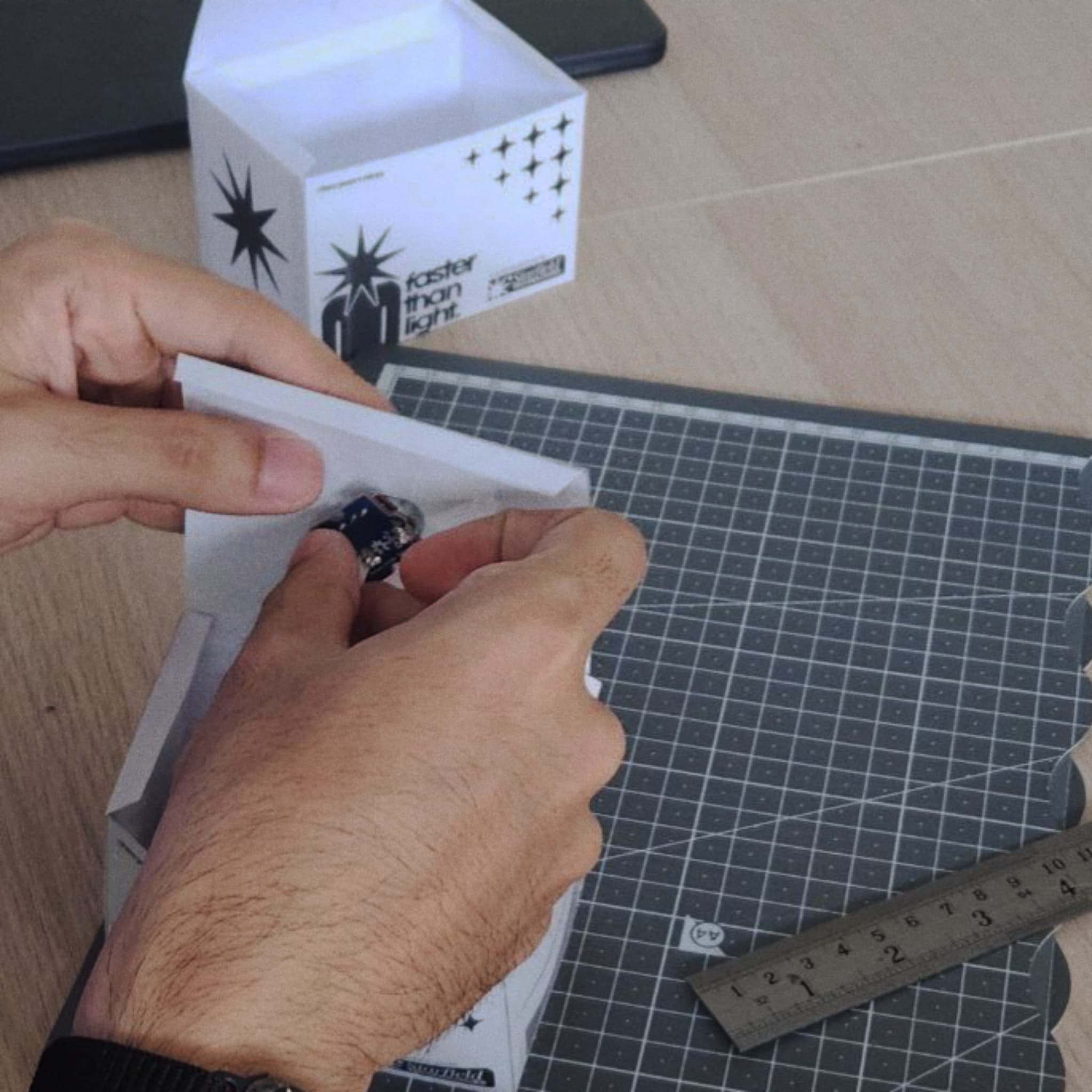
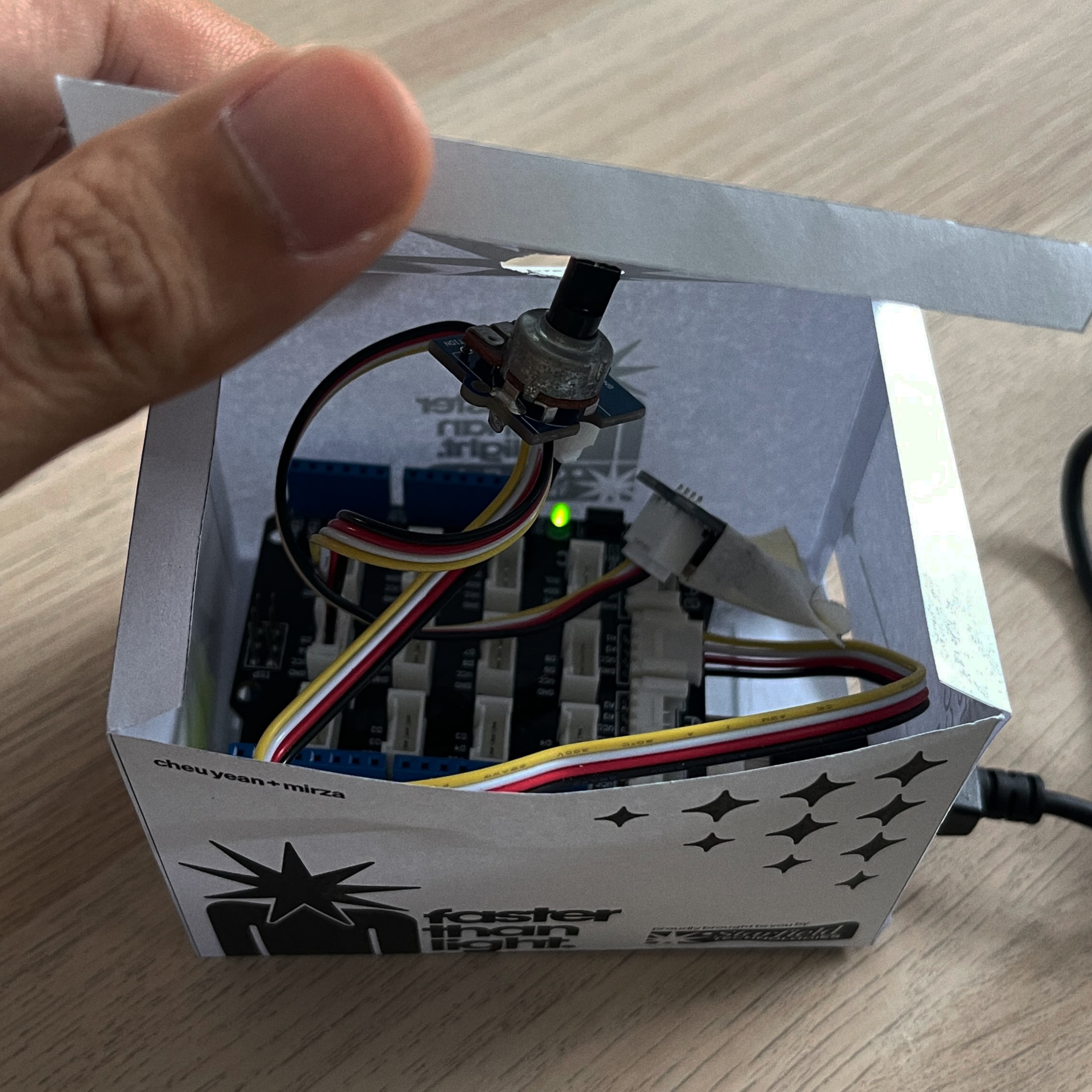
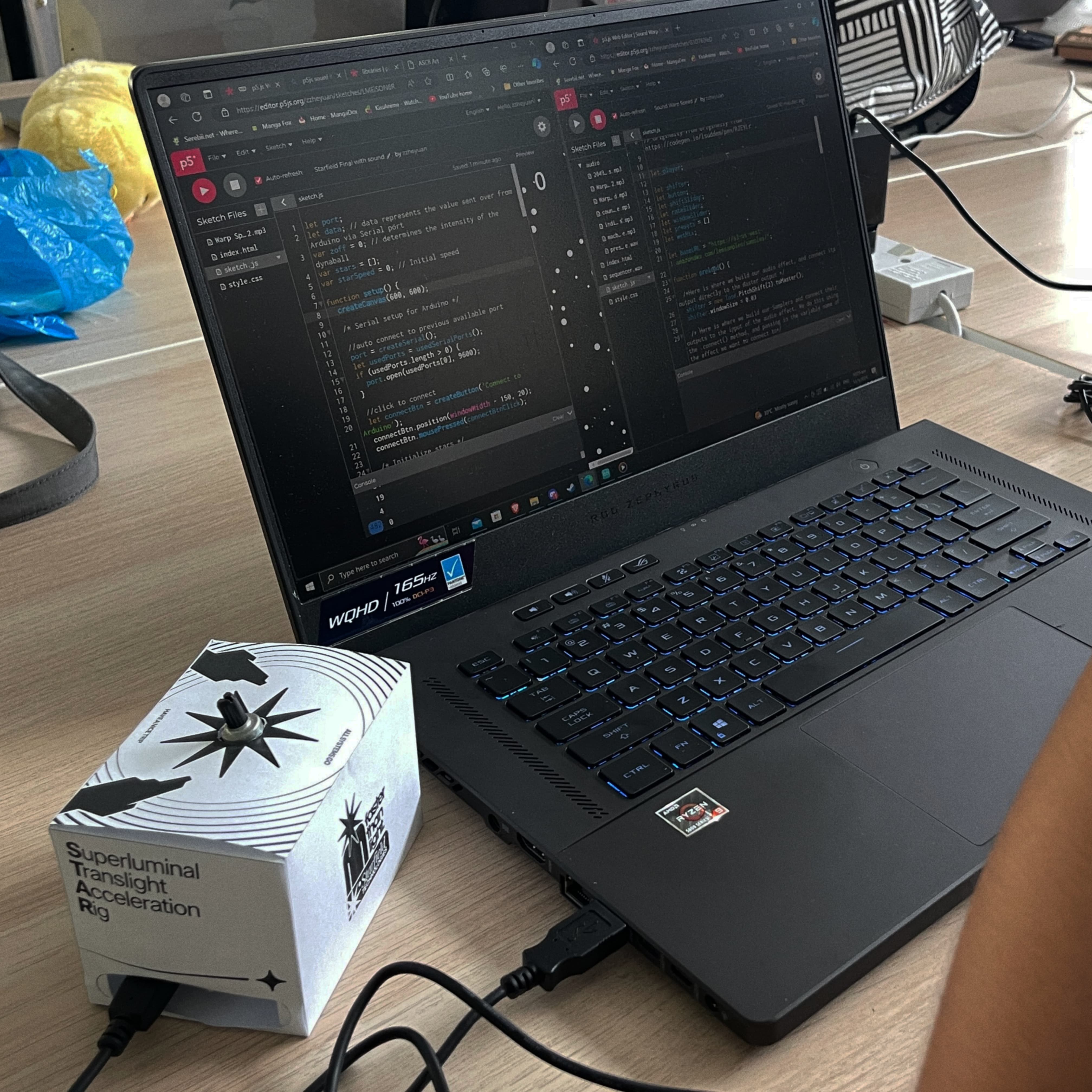
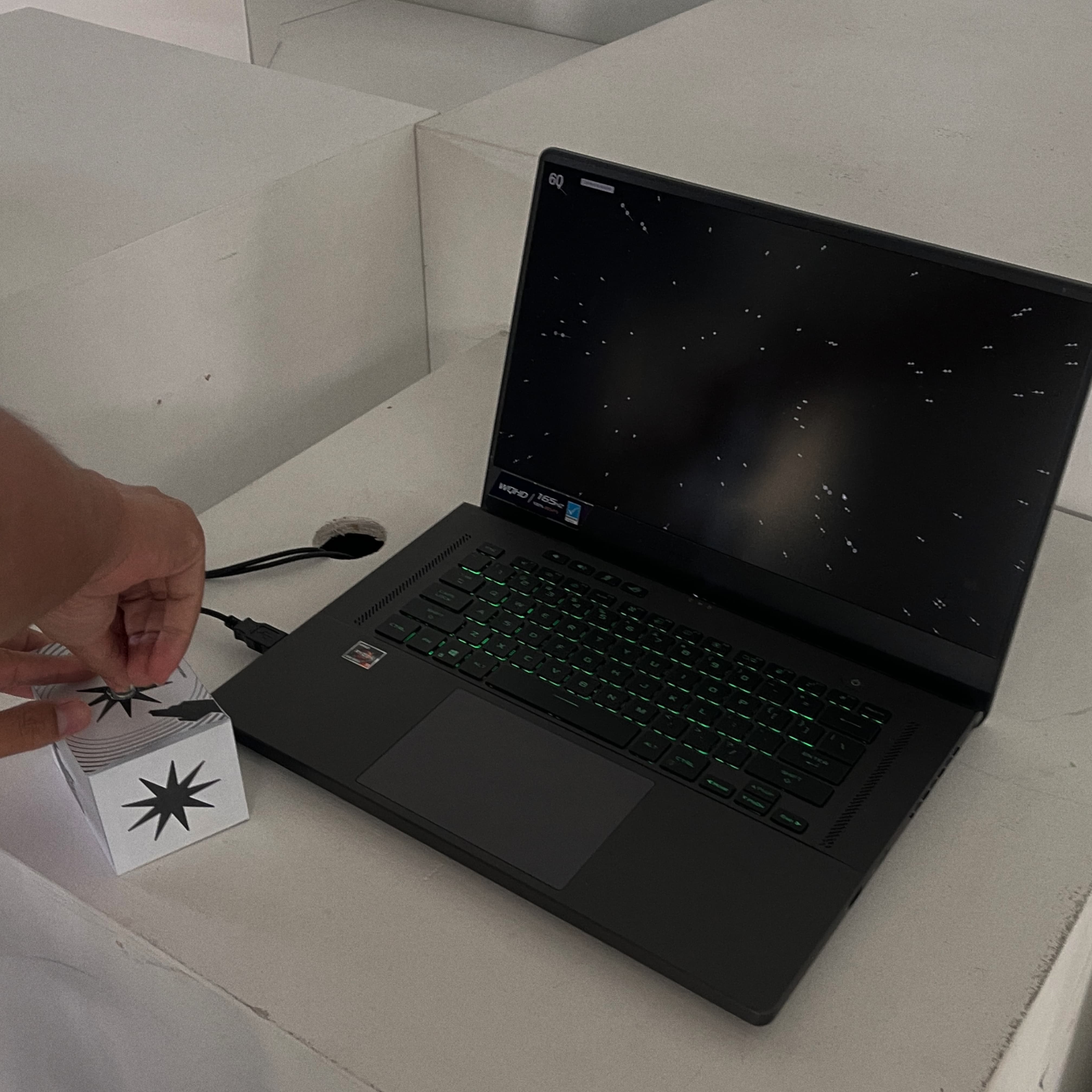
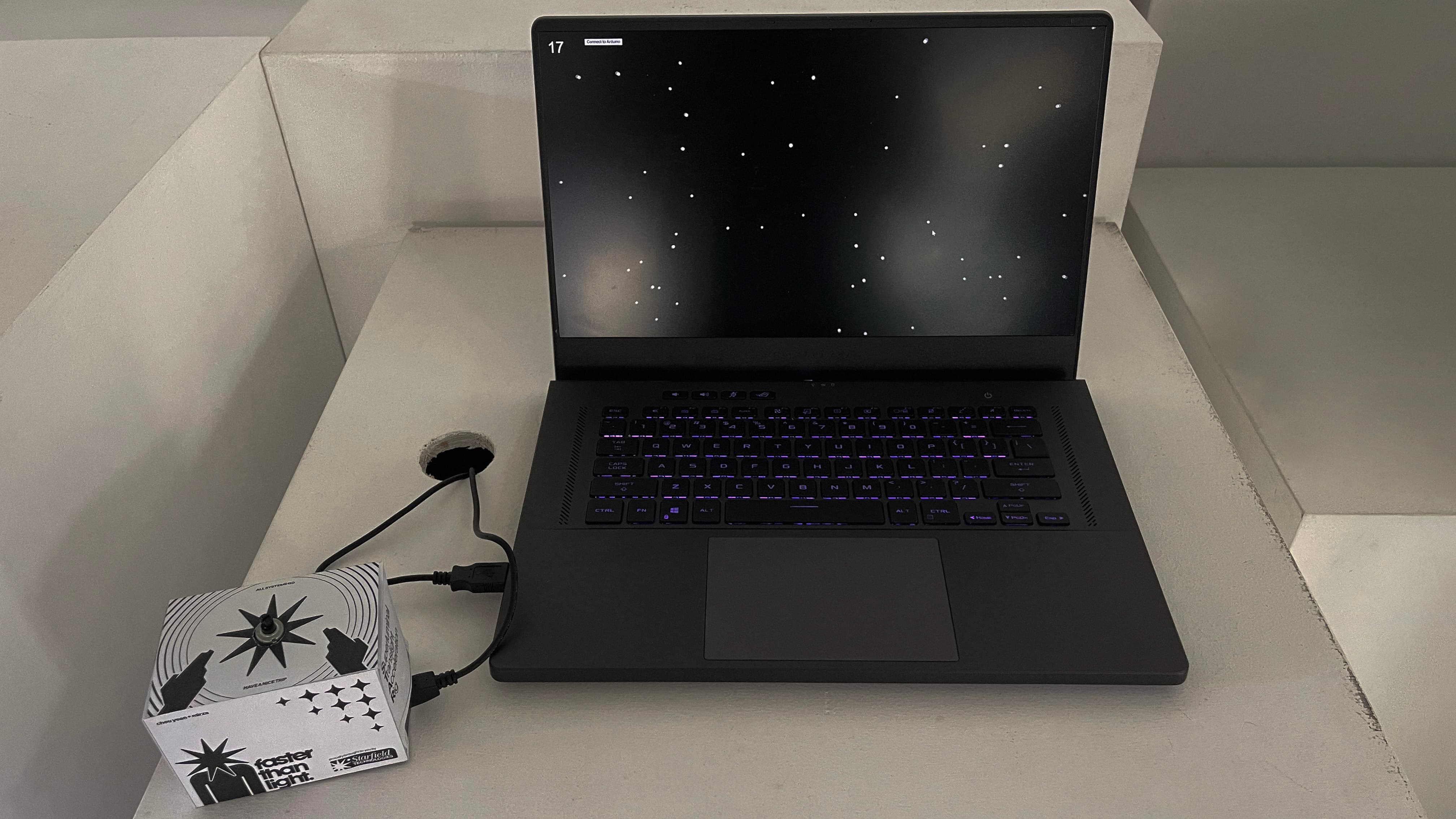
WORKSHOP-PROJECTION / HEAVENLY BODIES
Heavenly Bodies aims to recreate the intricate dynamics of celestial objects and the perpetually expanding cosmos within a controlled environment. At its core, the project seeks to simulate not only the observable universe but also the fundamental processes that shape its form and govern its behaviour, employing the principles of simple generative design. The project offers a tangible and accessible representation of the otherwise intricate and vast nature of space.
It presents an objective examination of the complex dynamics of celestial objects and the expanding universe through the use of simple materials and projection mapping techniques. By employing styrofoam balls and other basic components, the project aims to simulate the behaviour and appearance of heavenly bodies. This approach allows for a more comprehensible understanding of the intricate processes that govern the cosmos.
Materials used: p5,js, projector, styrofoam, felt cloth
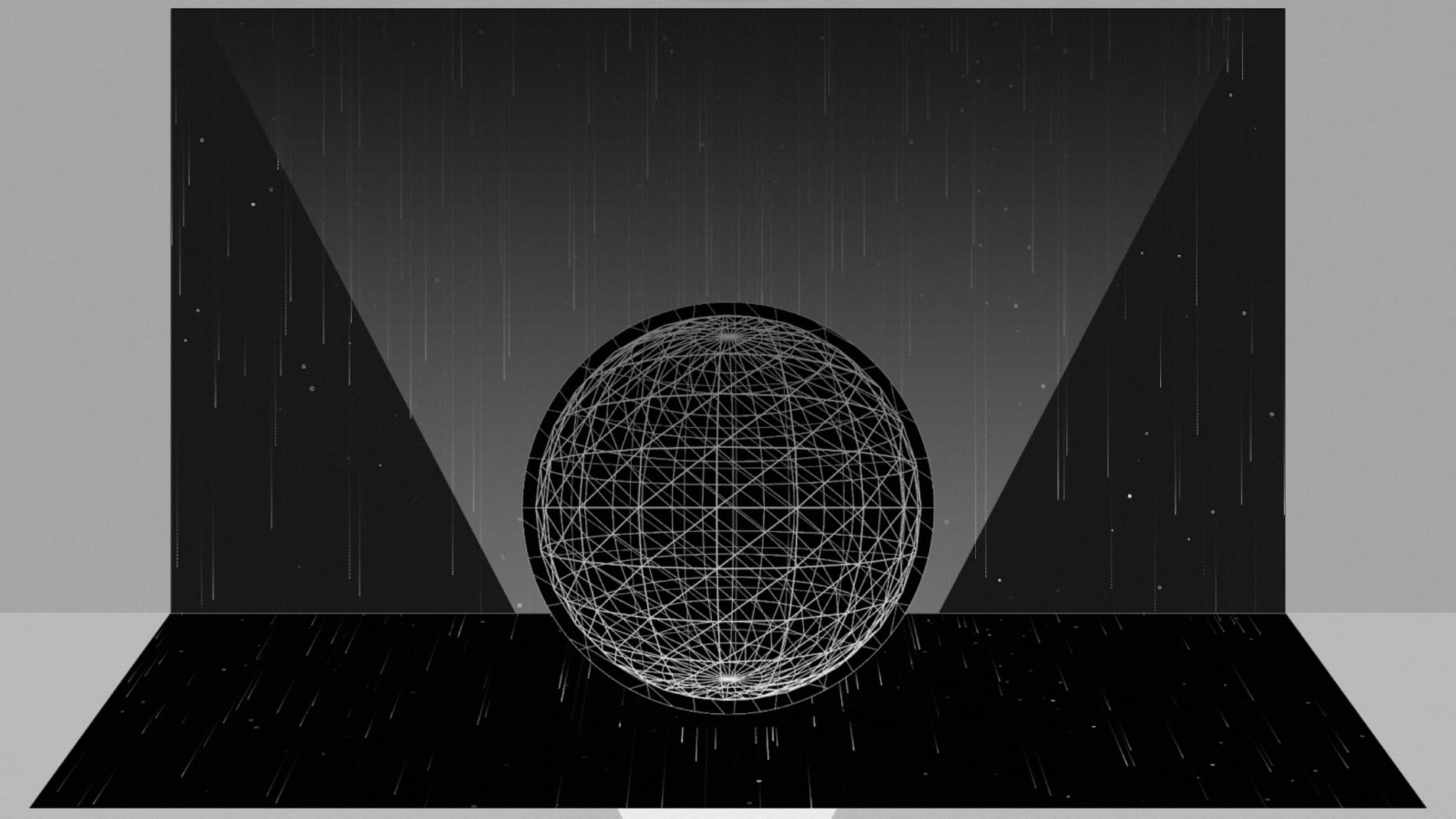
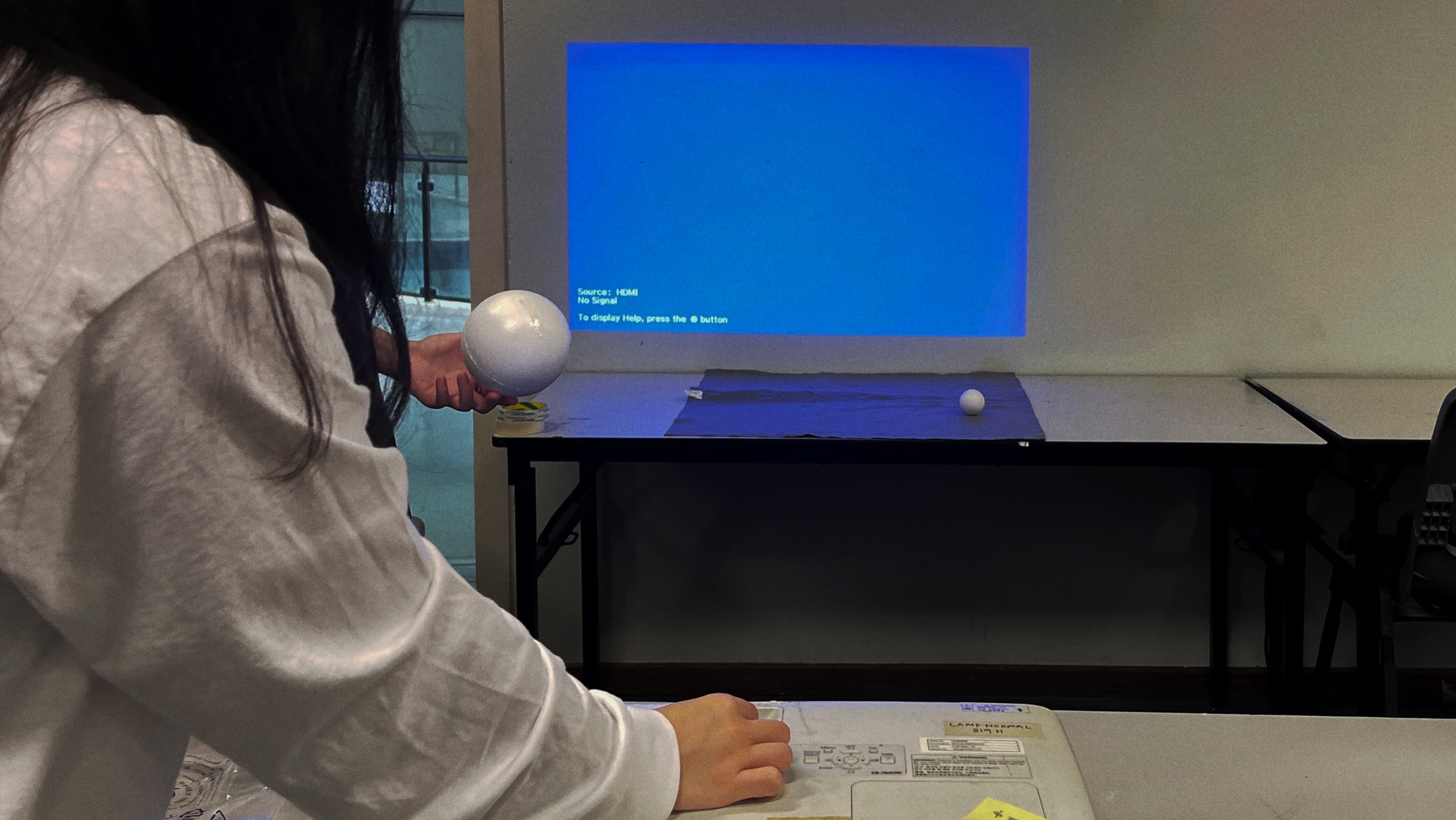
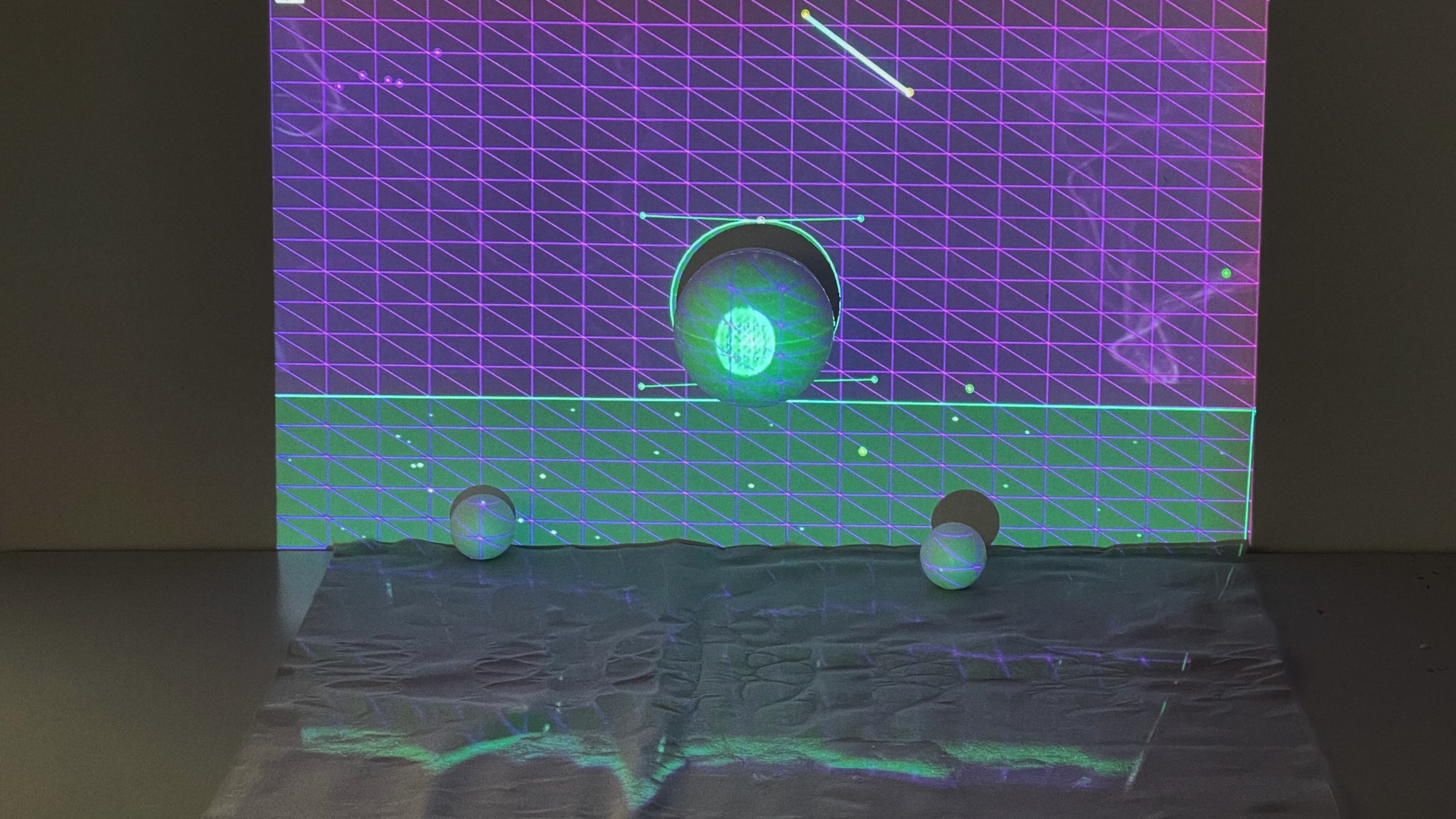
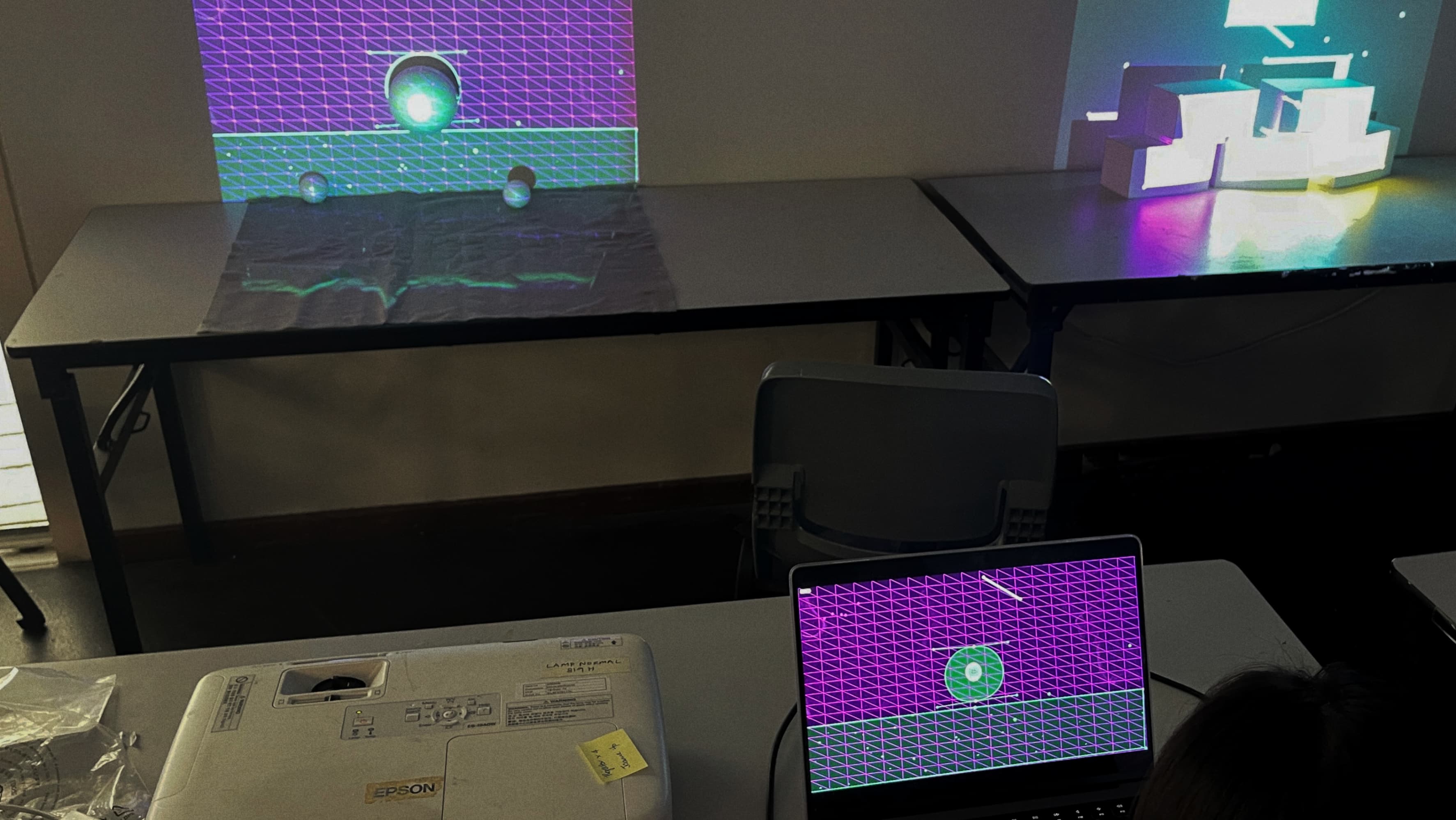
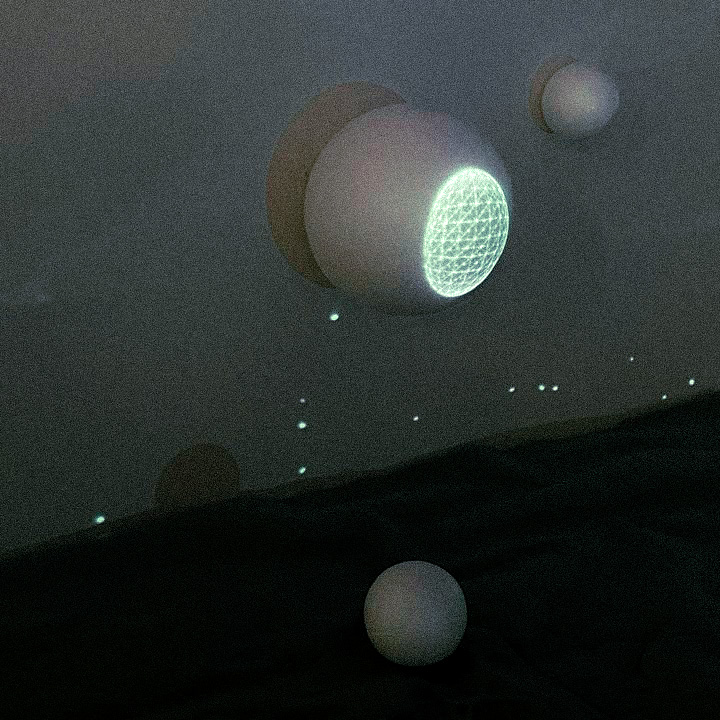
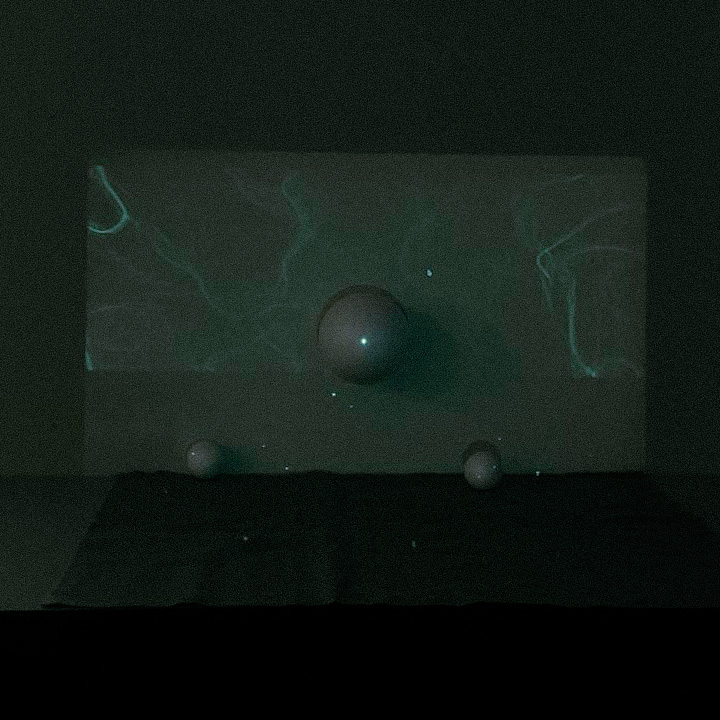
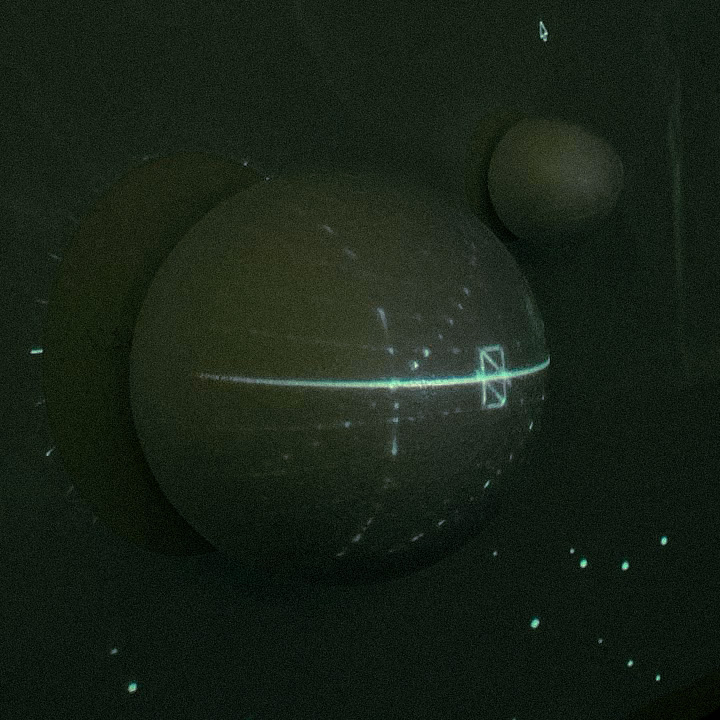
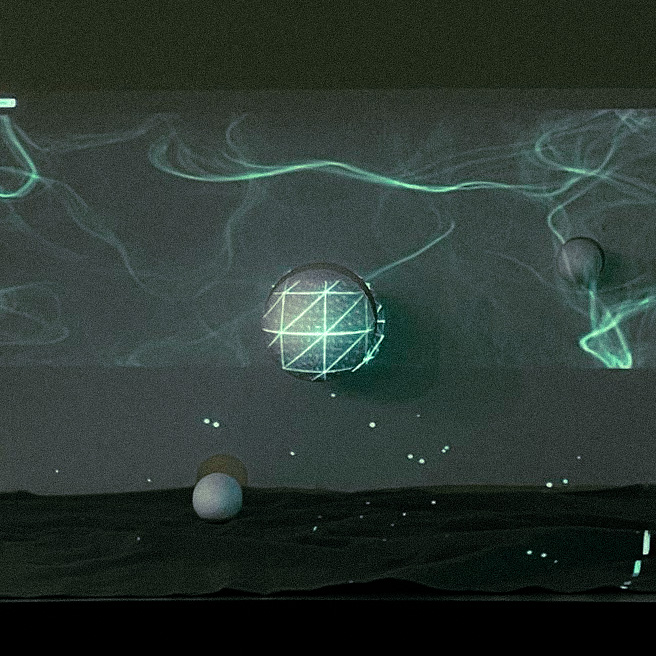
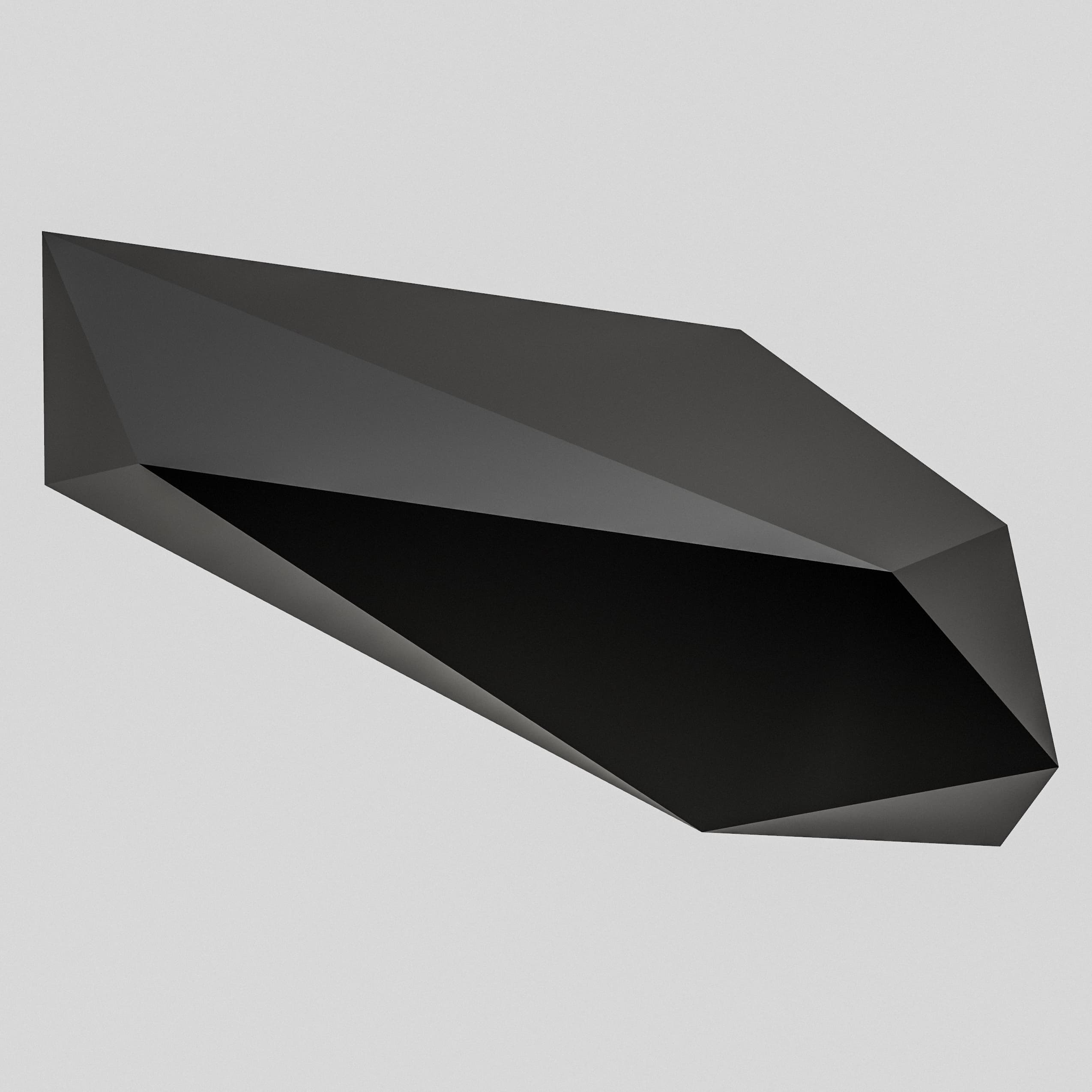
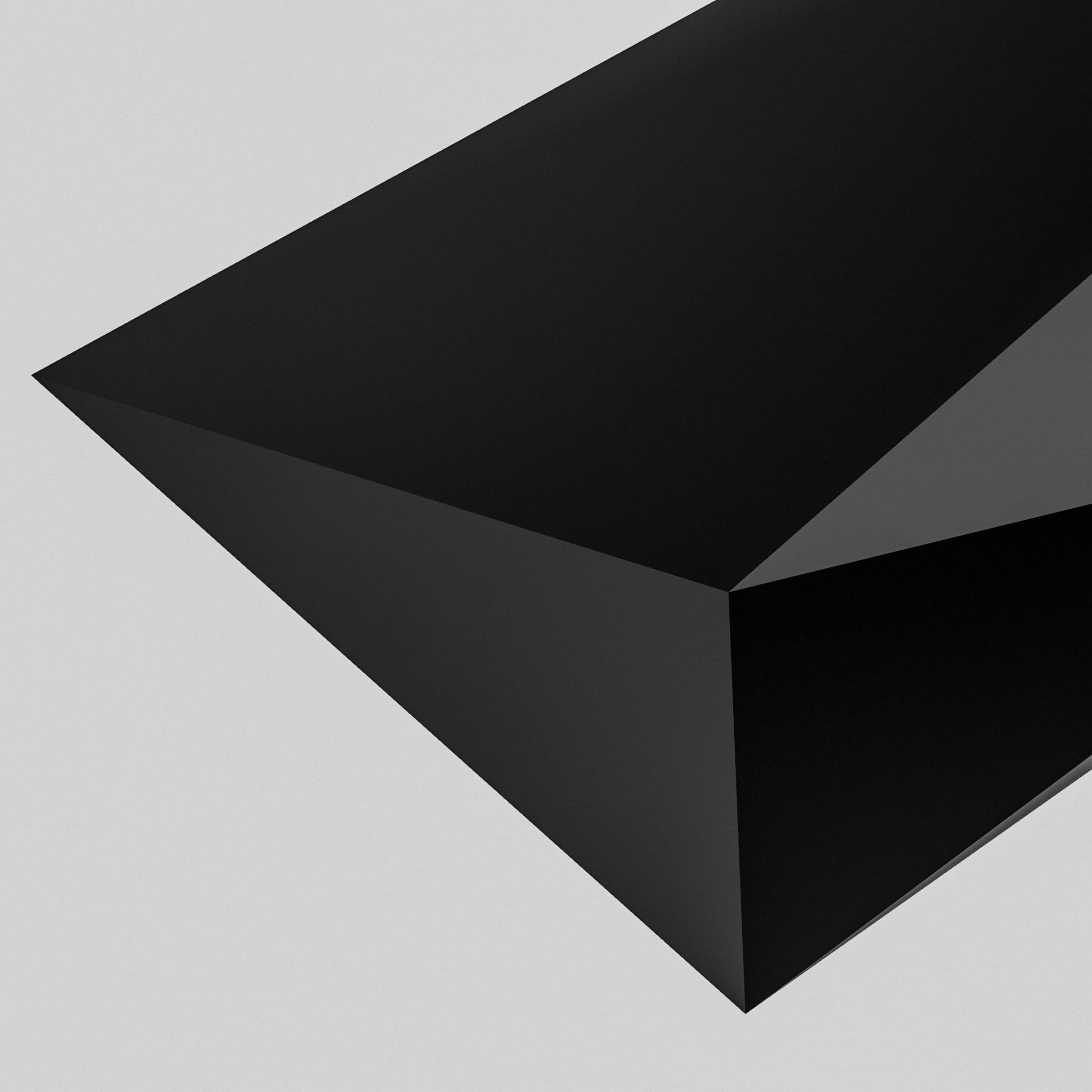
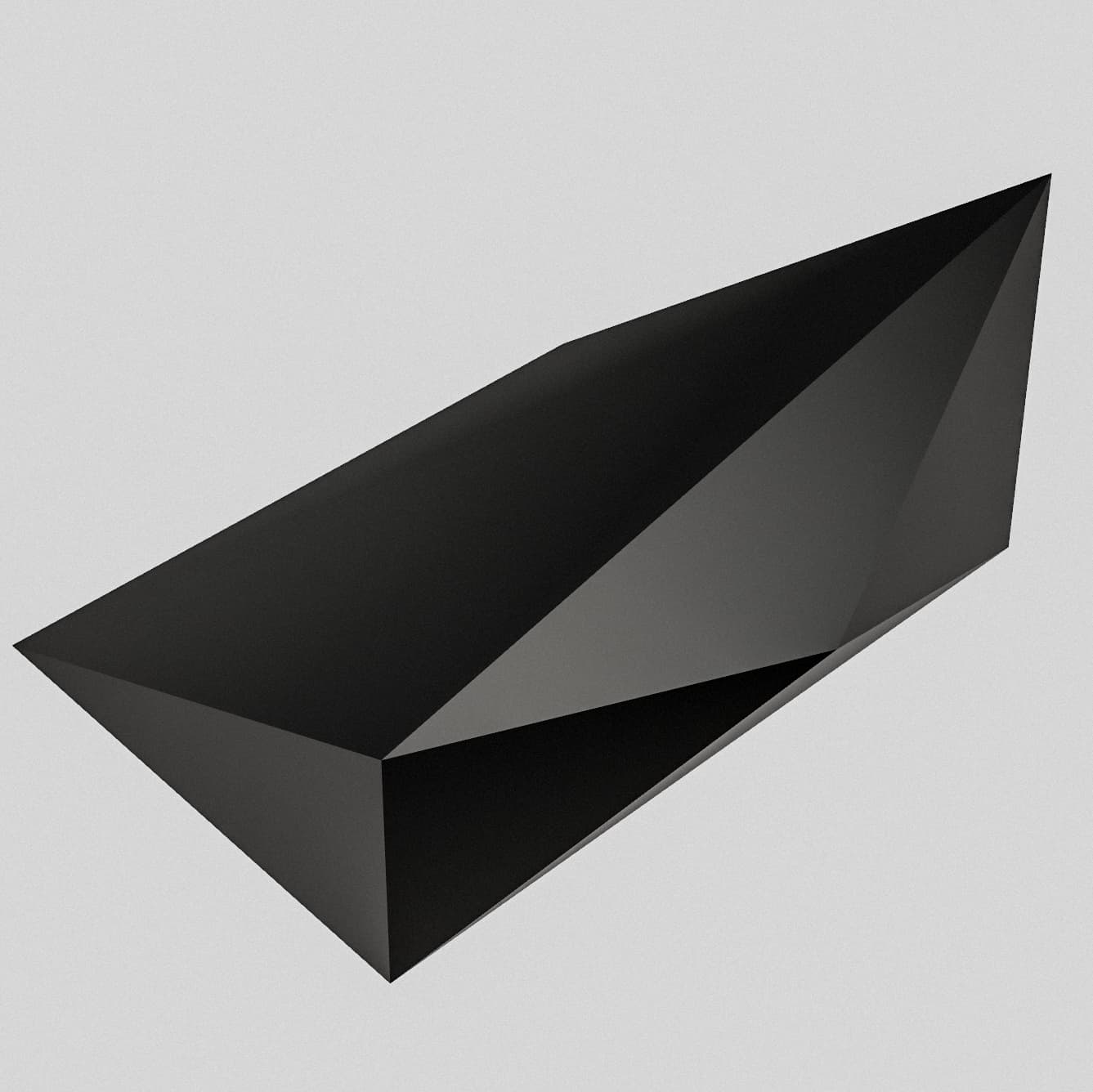

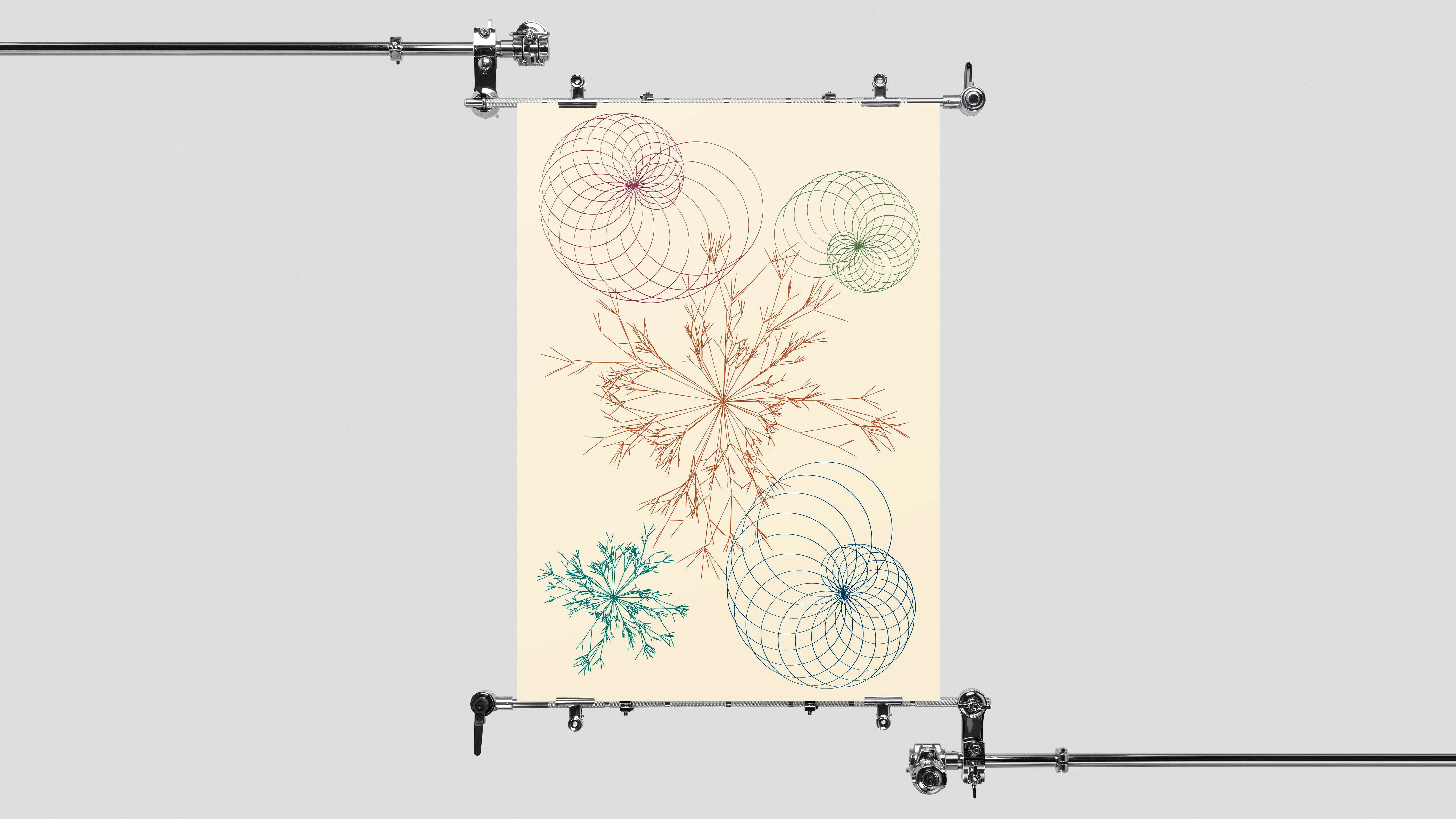

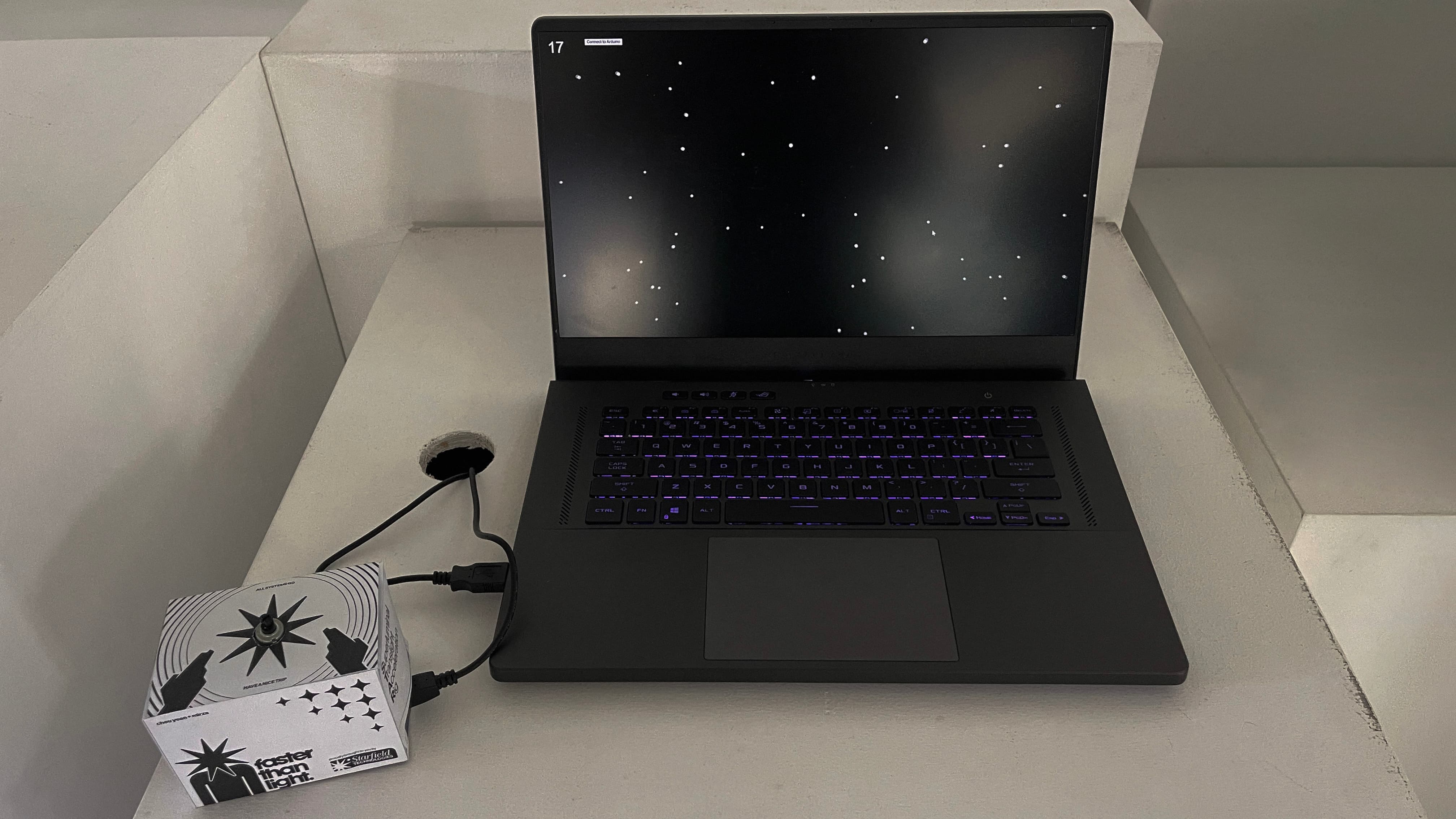
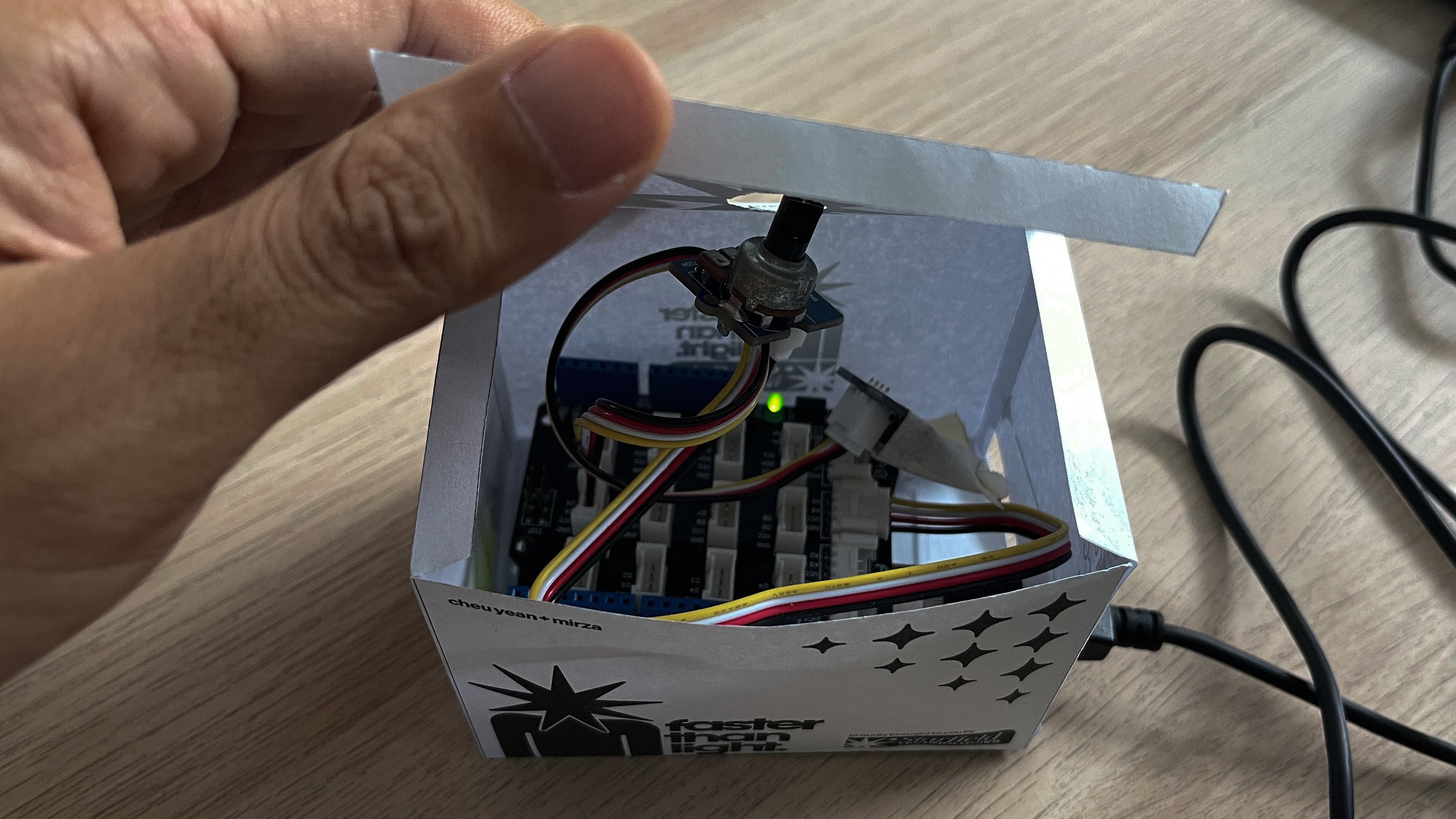
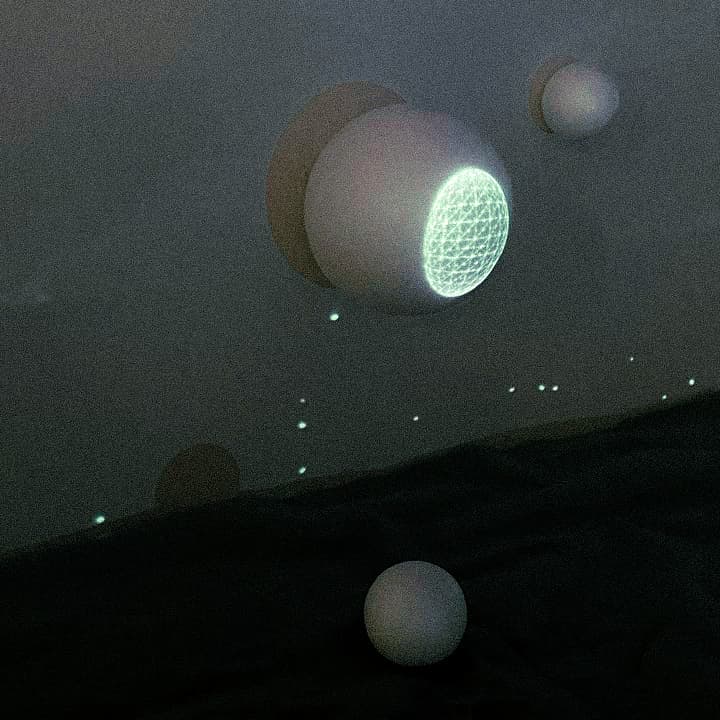
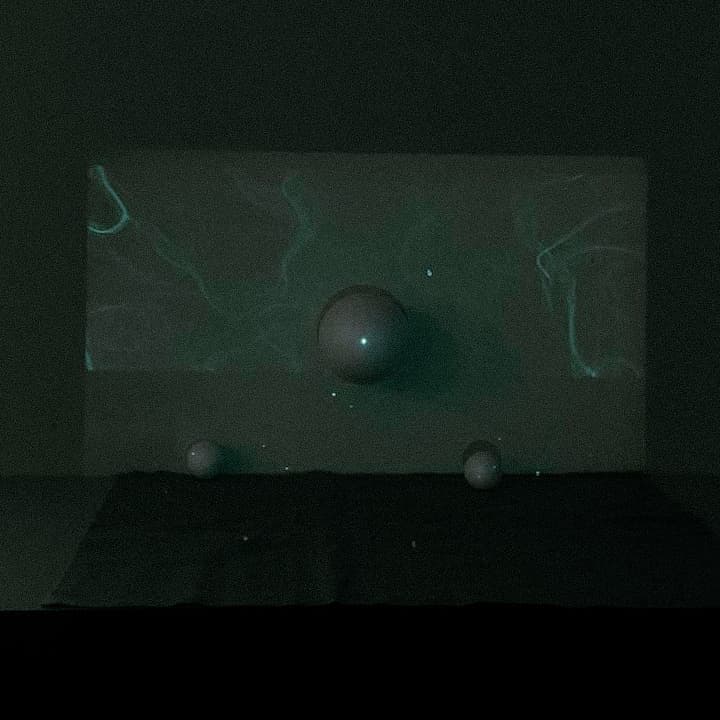
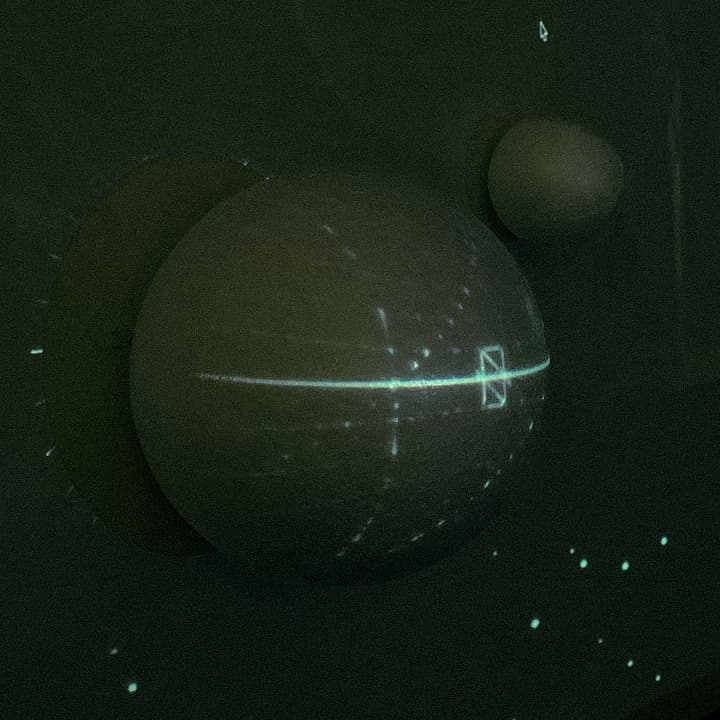
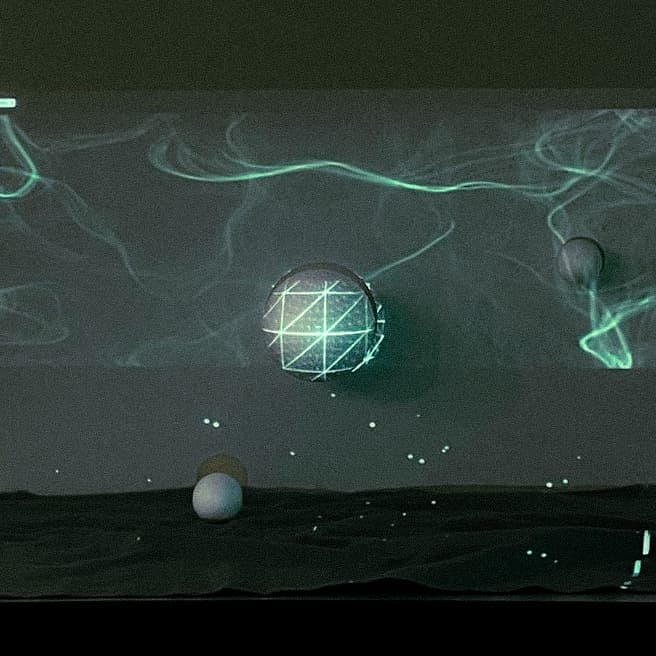
What have I learned over the course of this semester? Throughout the course of this semester, I have come to recognize the immense potential of coding and its ability to generate distinctive artistic expressions while enhancing the interactive aspects of an artwork. Moreover, I have acquired hands-on experience in various domains, including physical computing using Arduino, projection mapping, and utilizing AxiDraw technology. These workshops have not only emphasized the significance of meticulous planning and detail-oriented design processes but have also highlighted the importance of exploring innovative techniques to challenge the conventional boundaries separating digital and physical art.
Some of my most interesting findings this semester are? I have been captivated by the intricacies of the world around us, particularly in how our human existence appears minuscule when compared to the immense workings of the vast universe we inhabit. I believe that the act of coding, which involves the creation of systems and structures, serves as a means to logically situate humanity and ourselves within a complex equation that interconnects all aspects of life. This approach allows us to better comprehend our place in the grand scheme of the cosmos, even if only to a limited extent.
What are some of my achievements? I have drawn inspiration from existing models, such as the Fibonacci spiral in Axi-Symbiosis and Molecular Cloud, the fundamental components that contribute to the formation of the universe, and applied these concepts to the foundational workshops I have participated in. This approach has enabled me to explore the profound connections between the natural world, mathematical principles, and the realm of coding, ultimately deepening my understanding of the interplay between these seemingly disparate domains and their potential to shed light on our role within the universe.
"The concept of what it is to be human is changing in the face of technology."
Ex Machina, 2014.